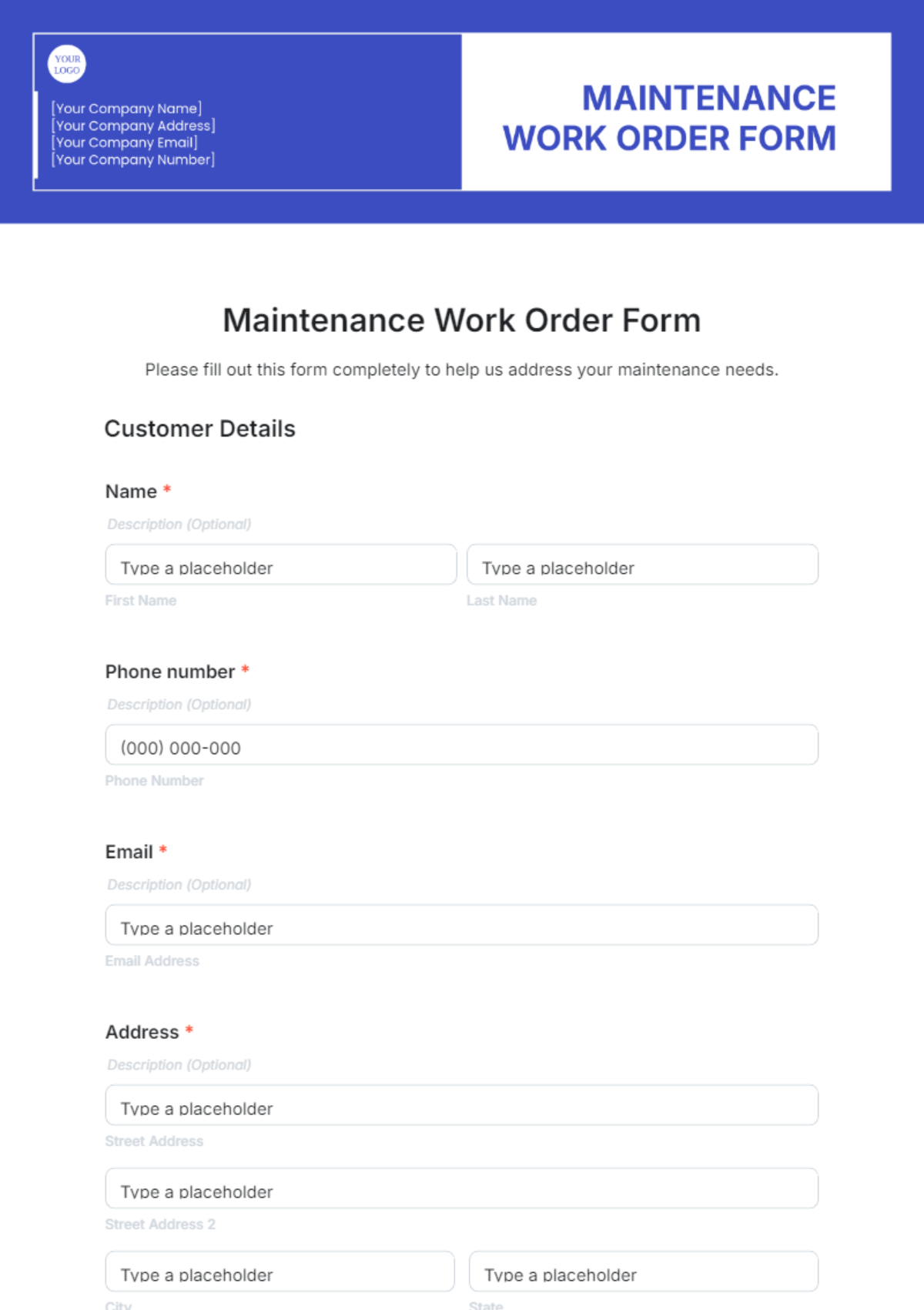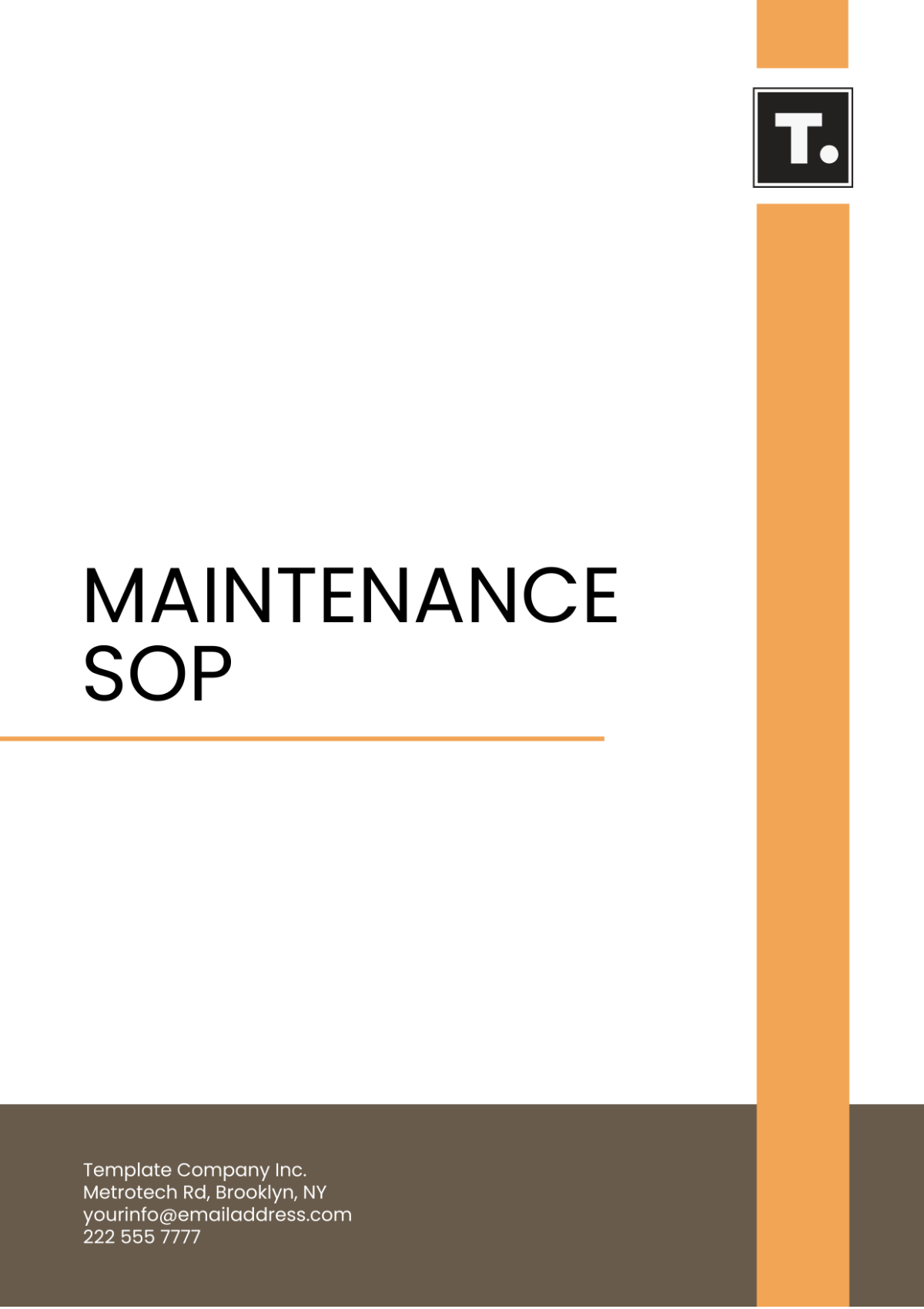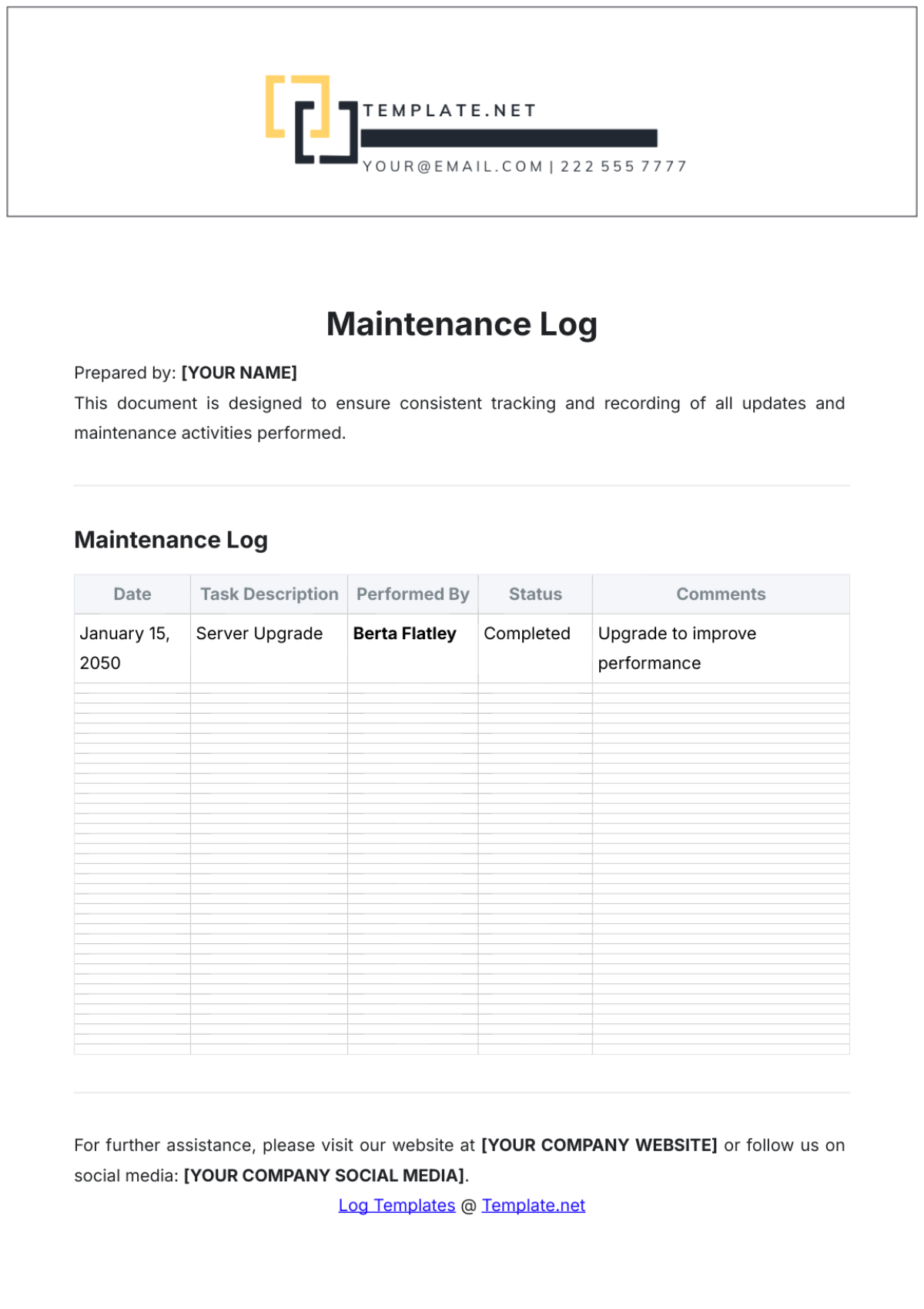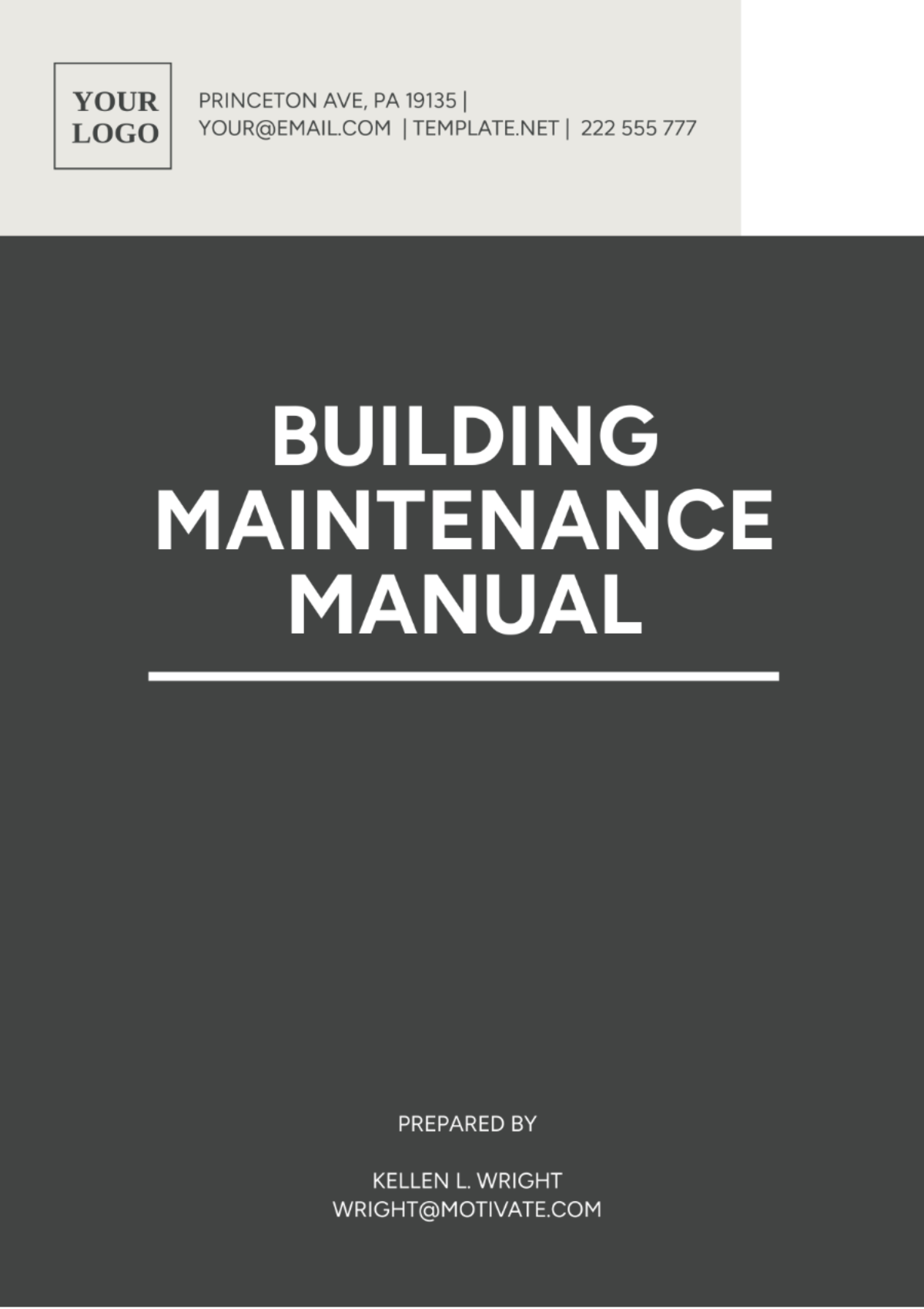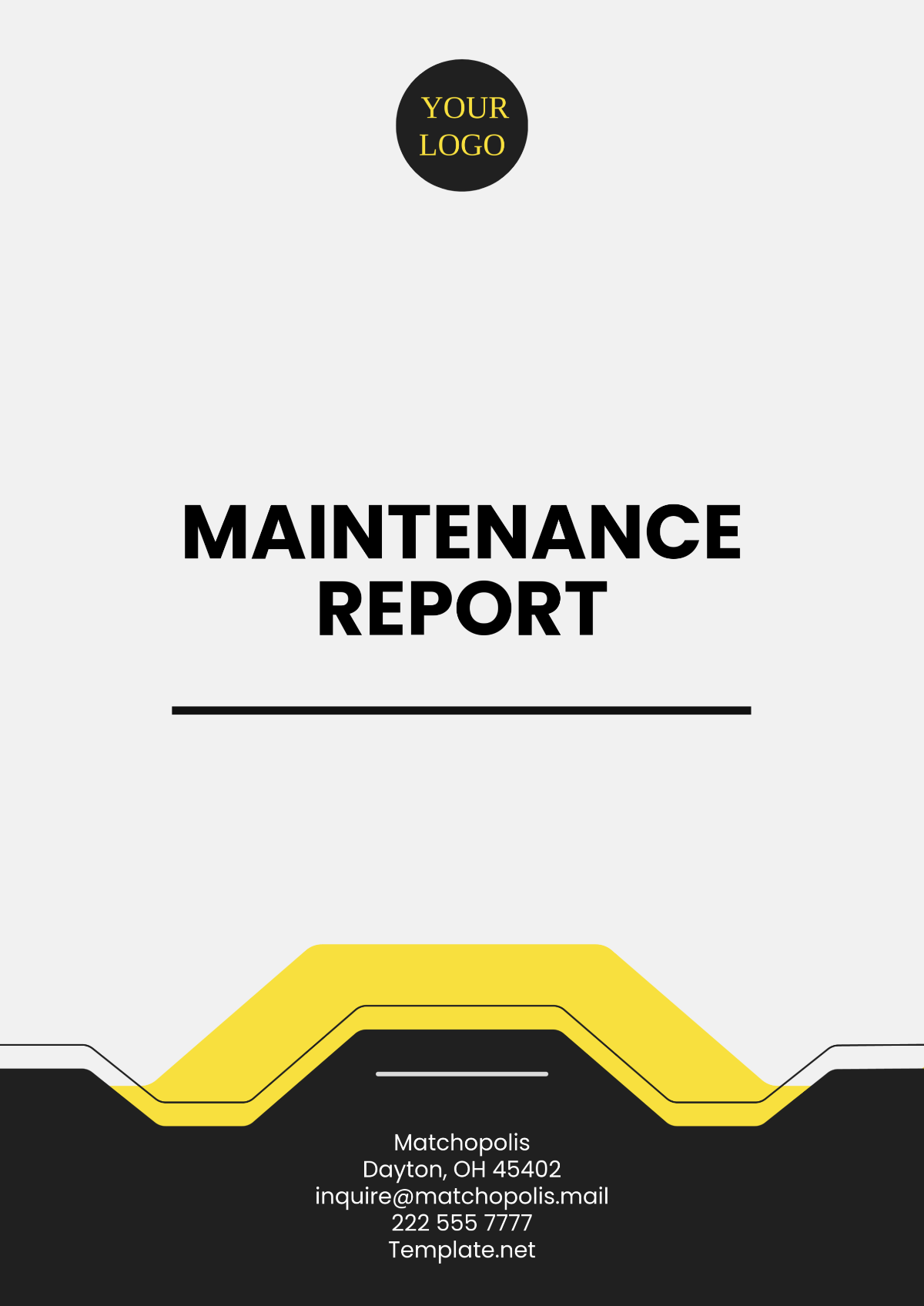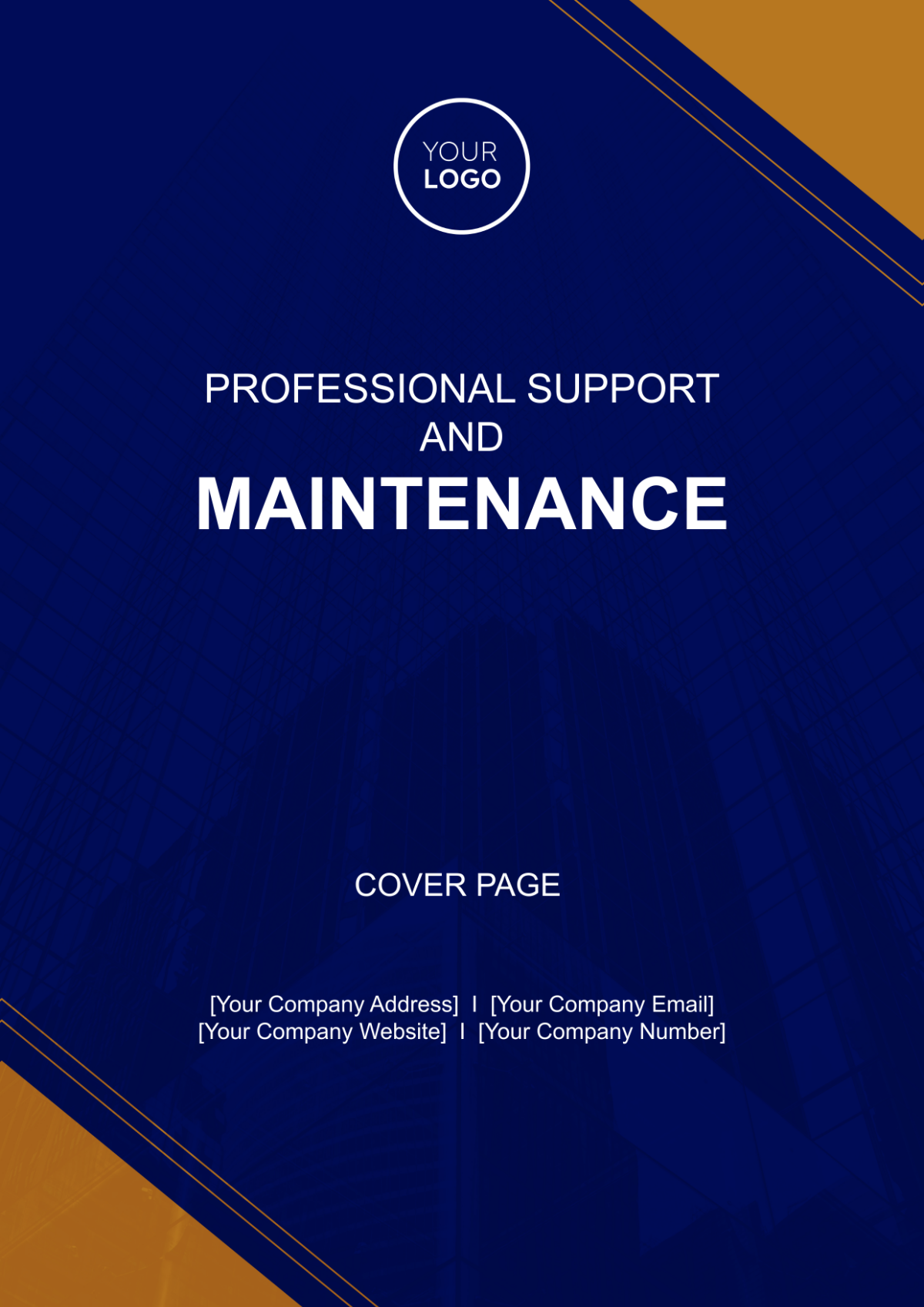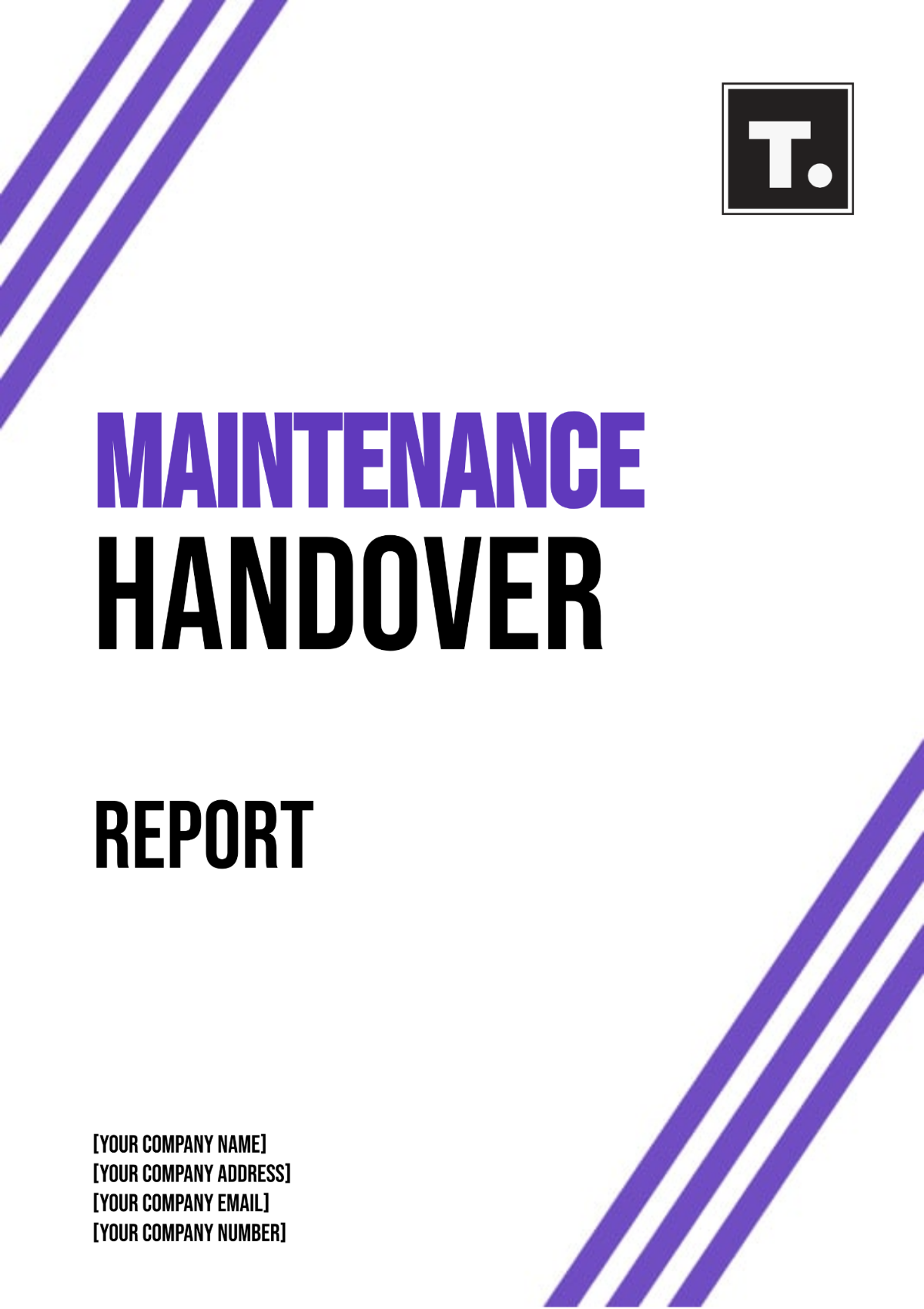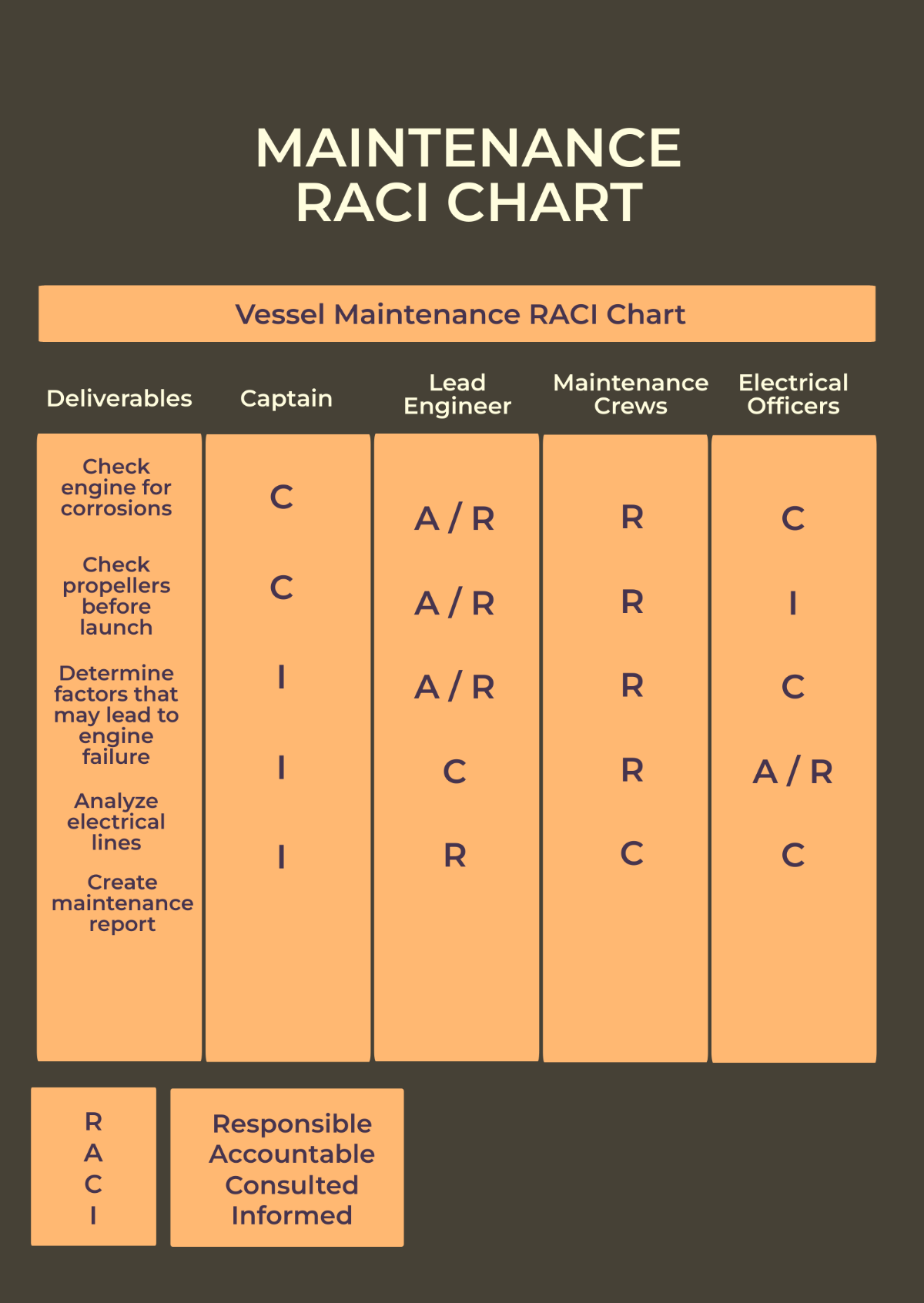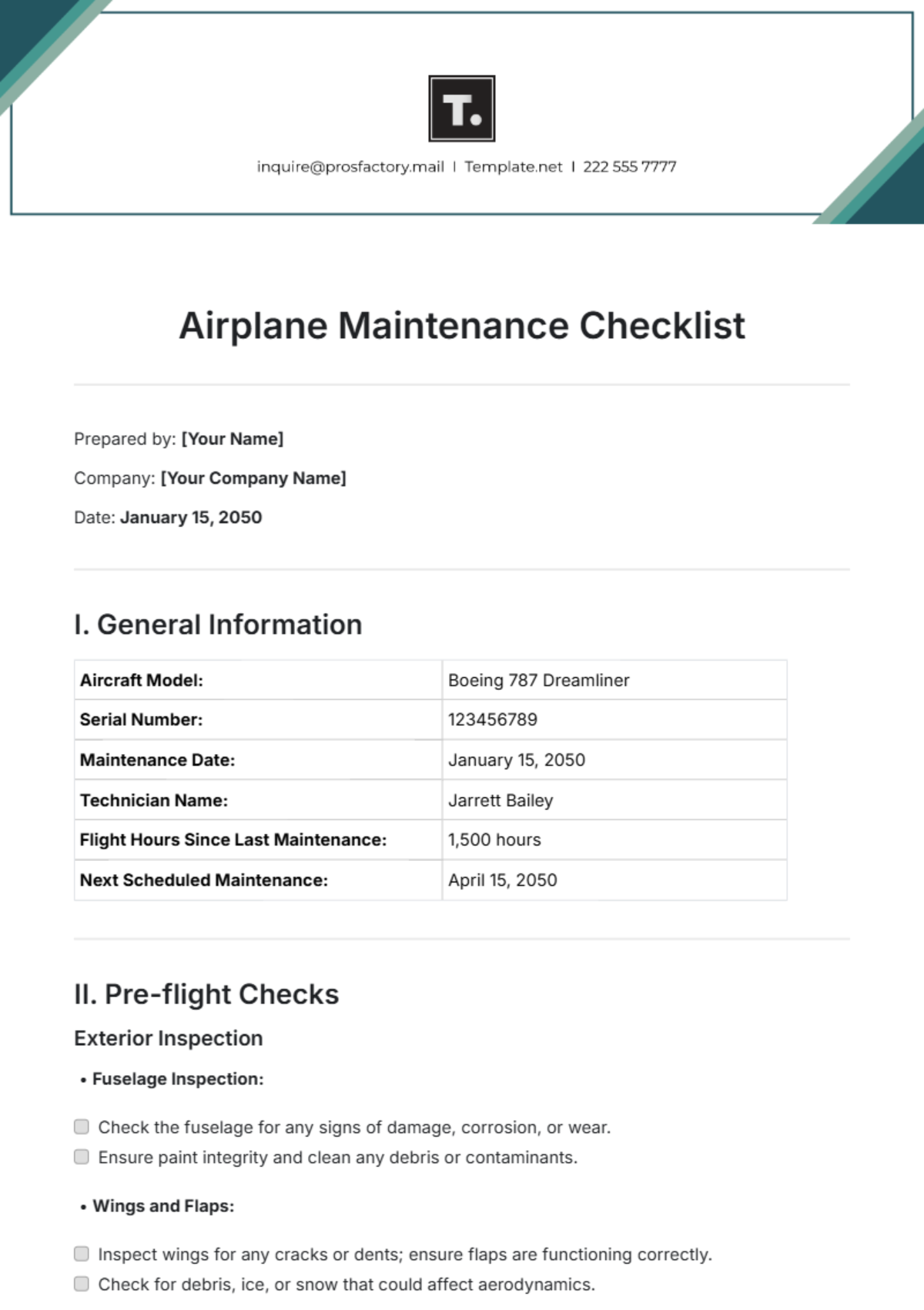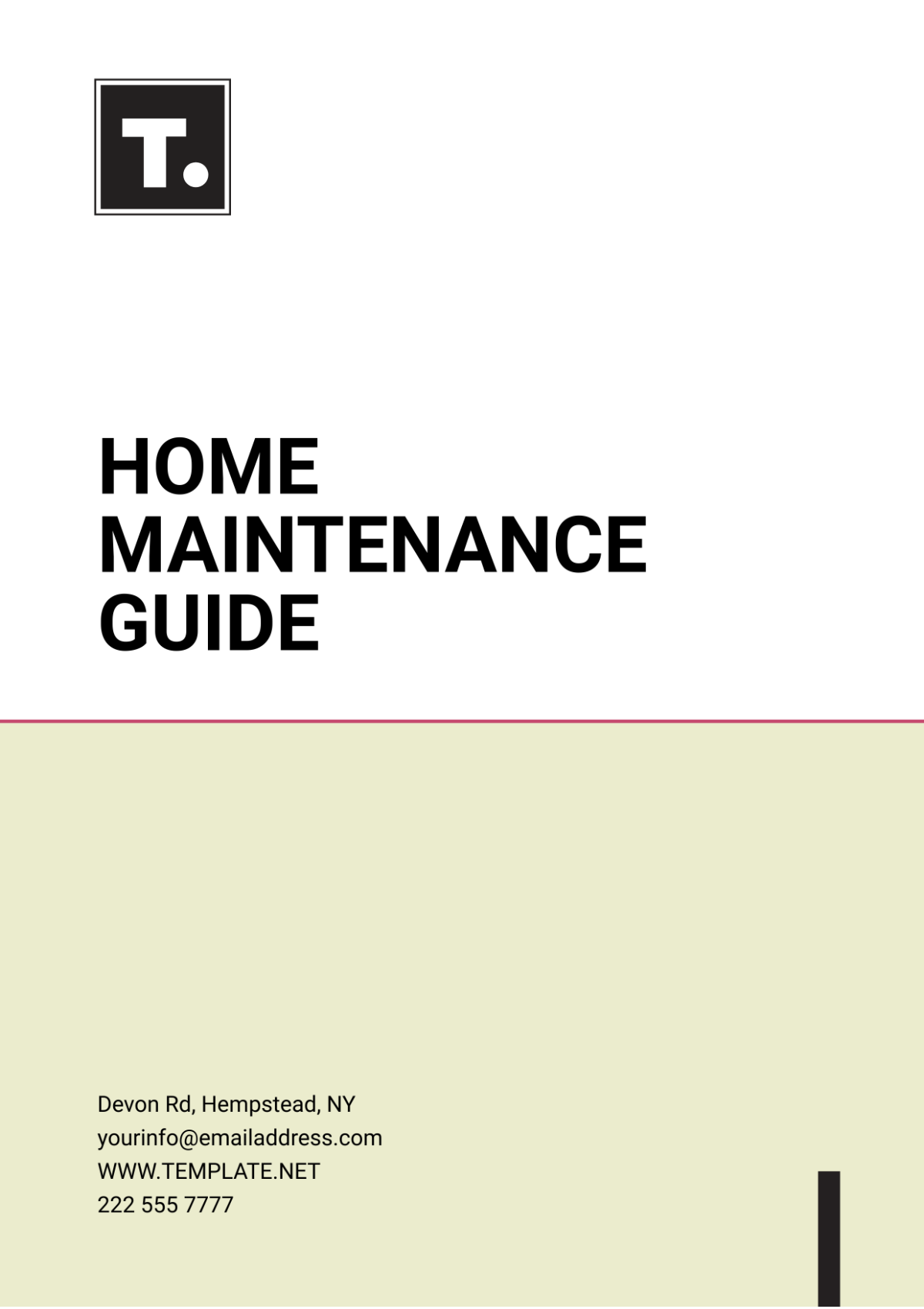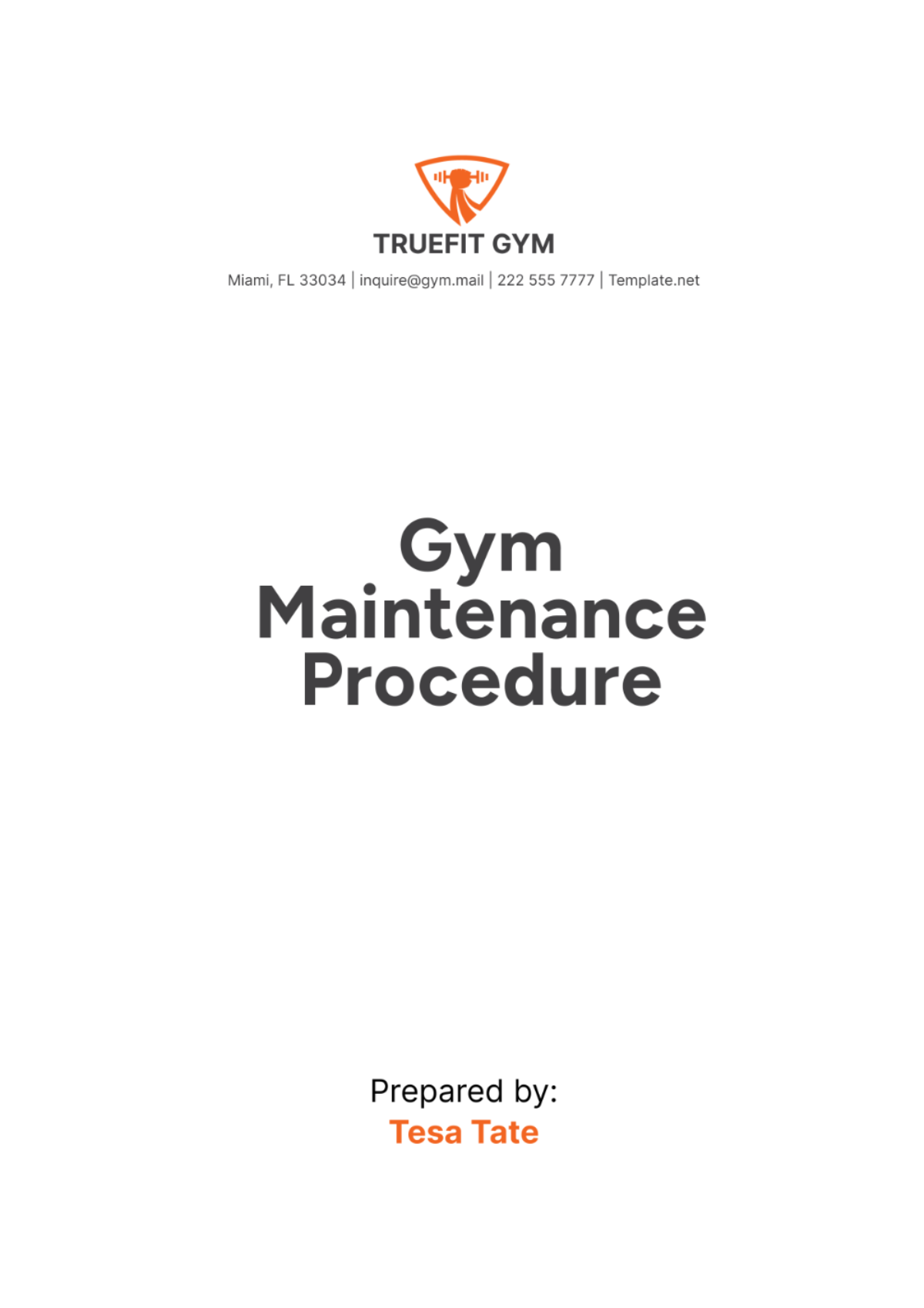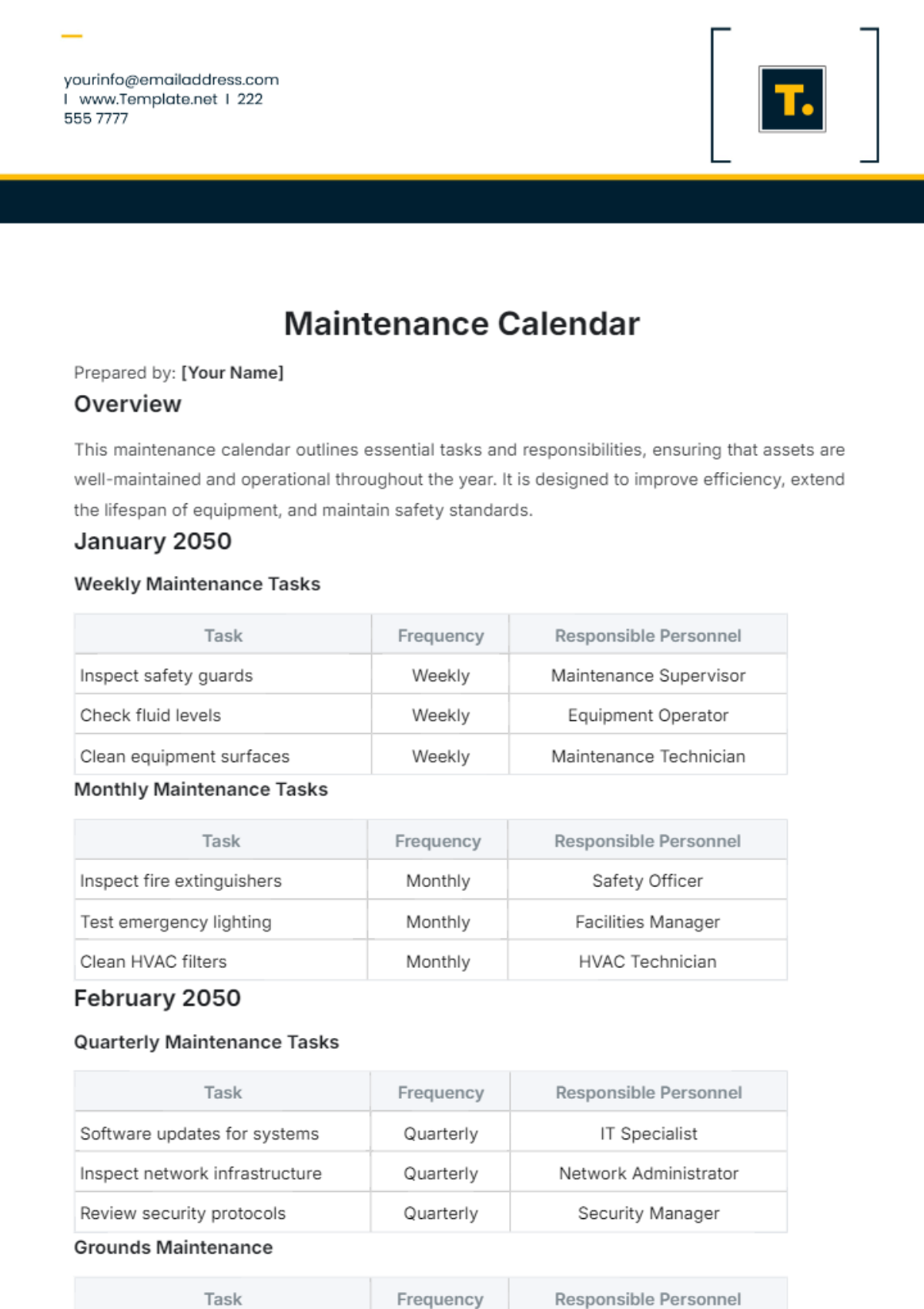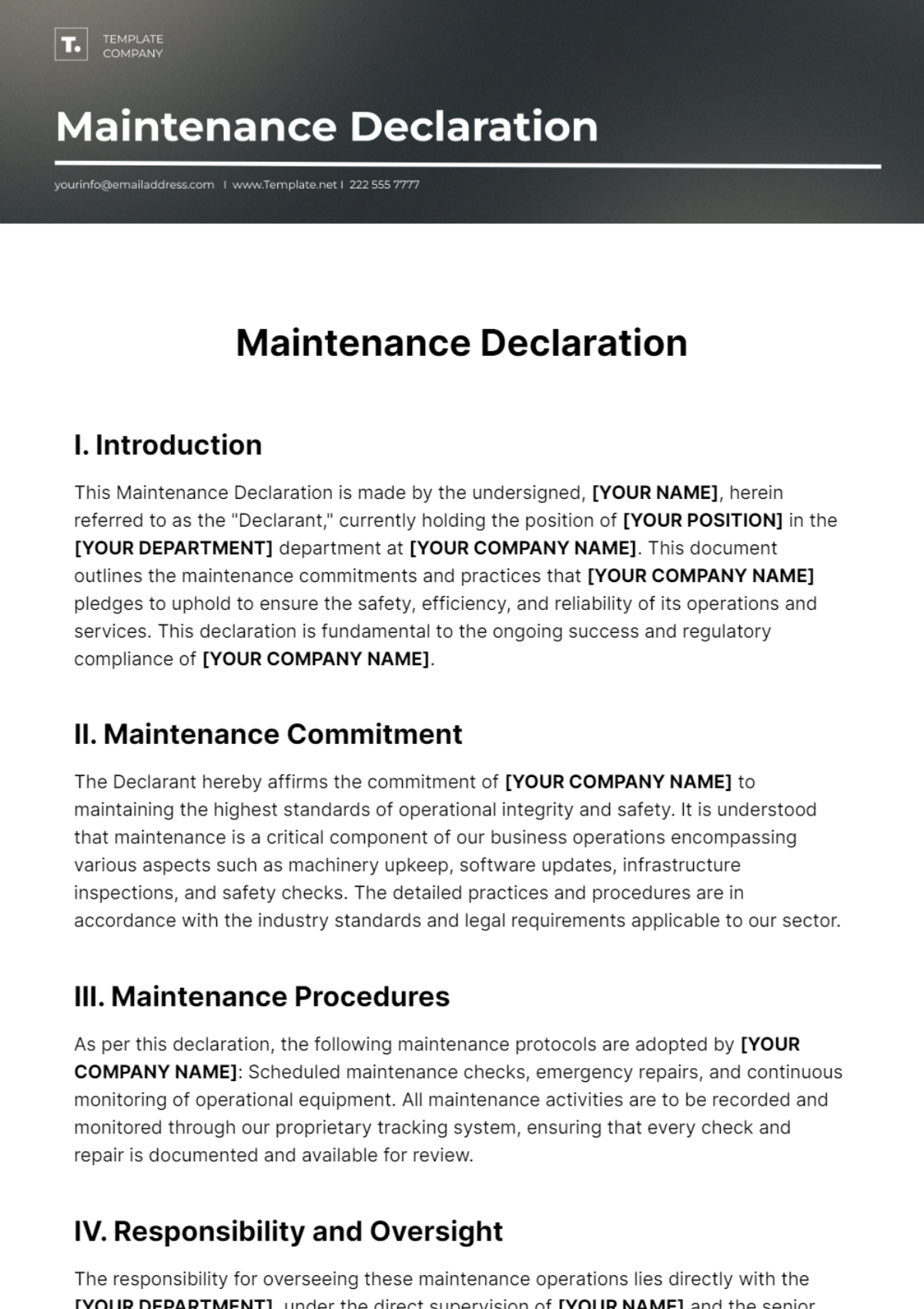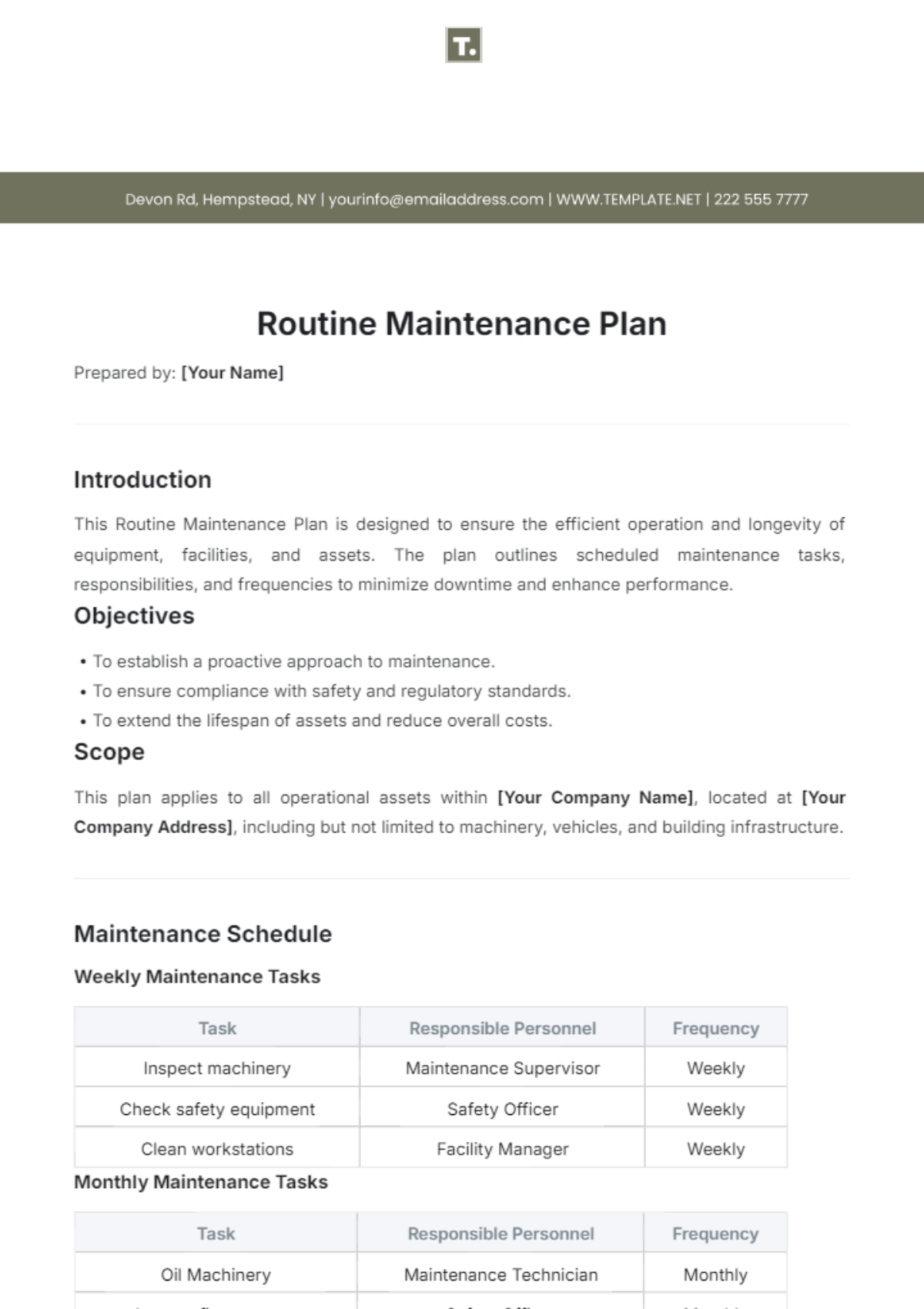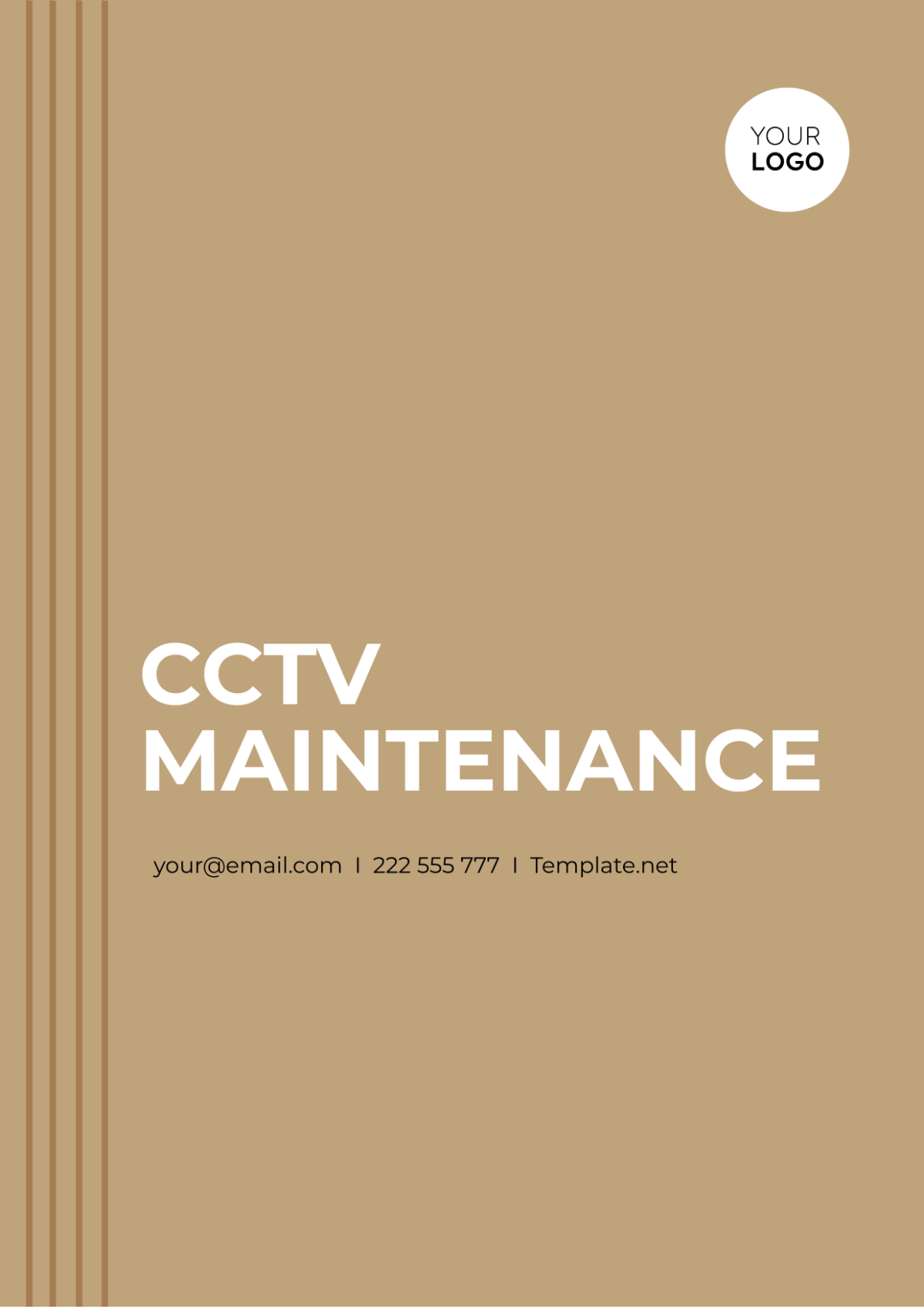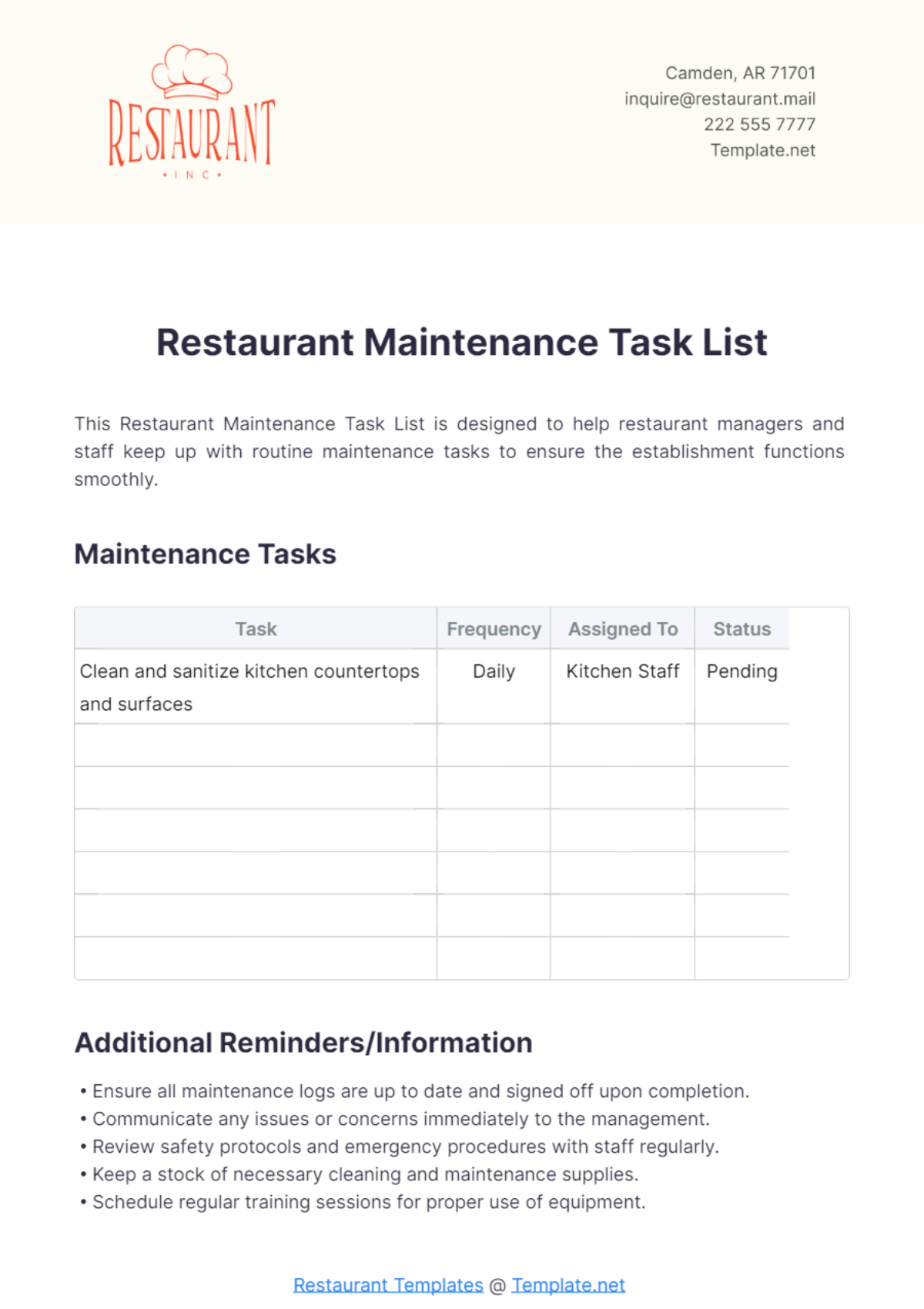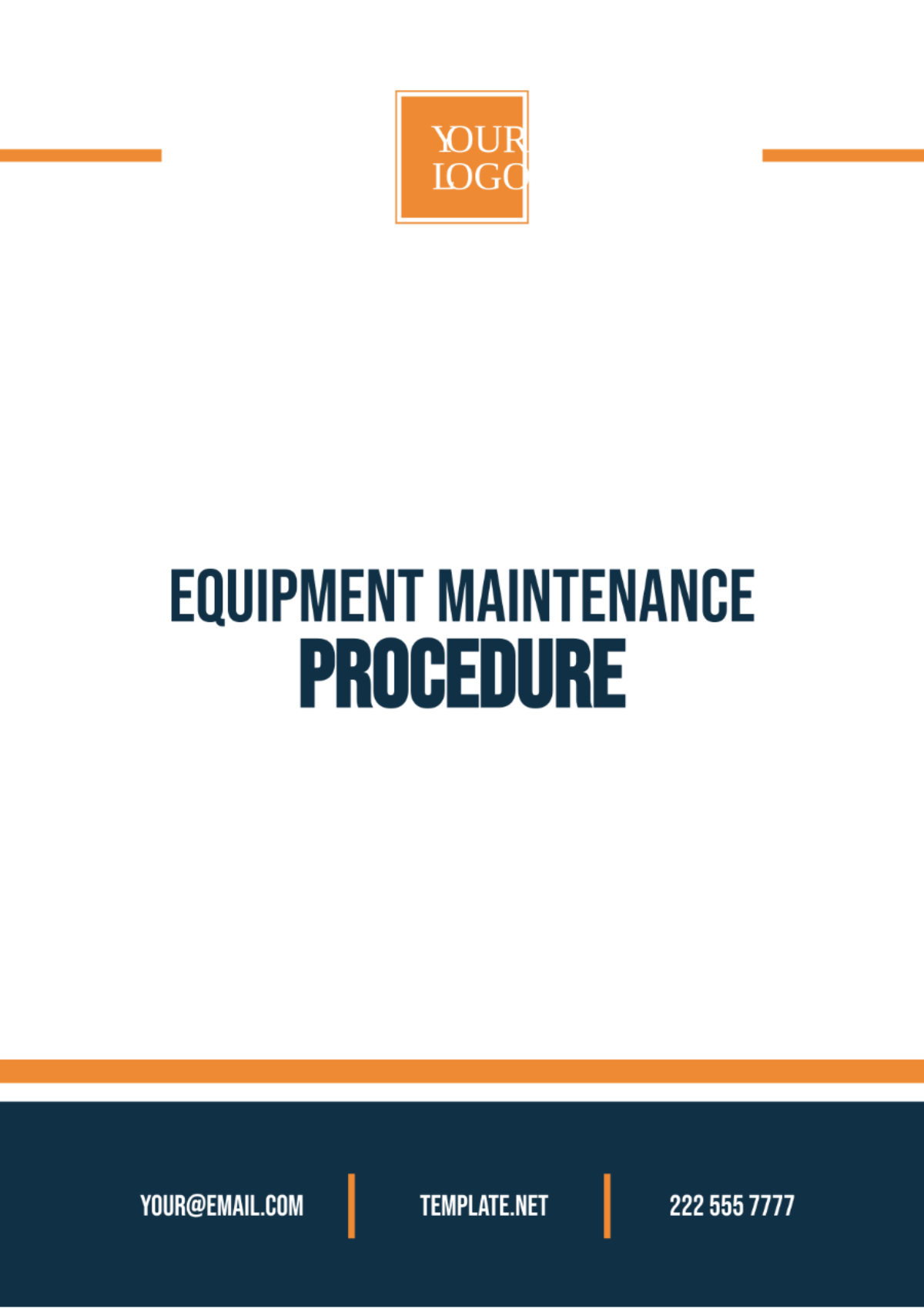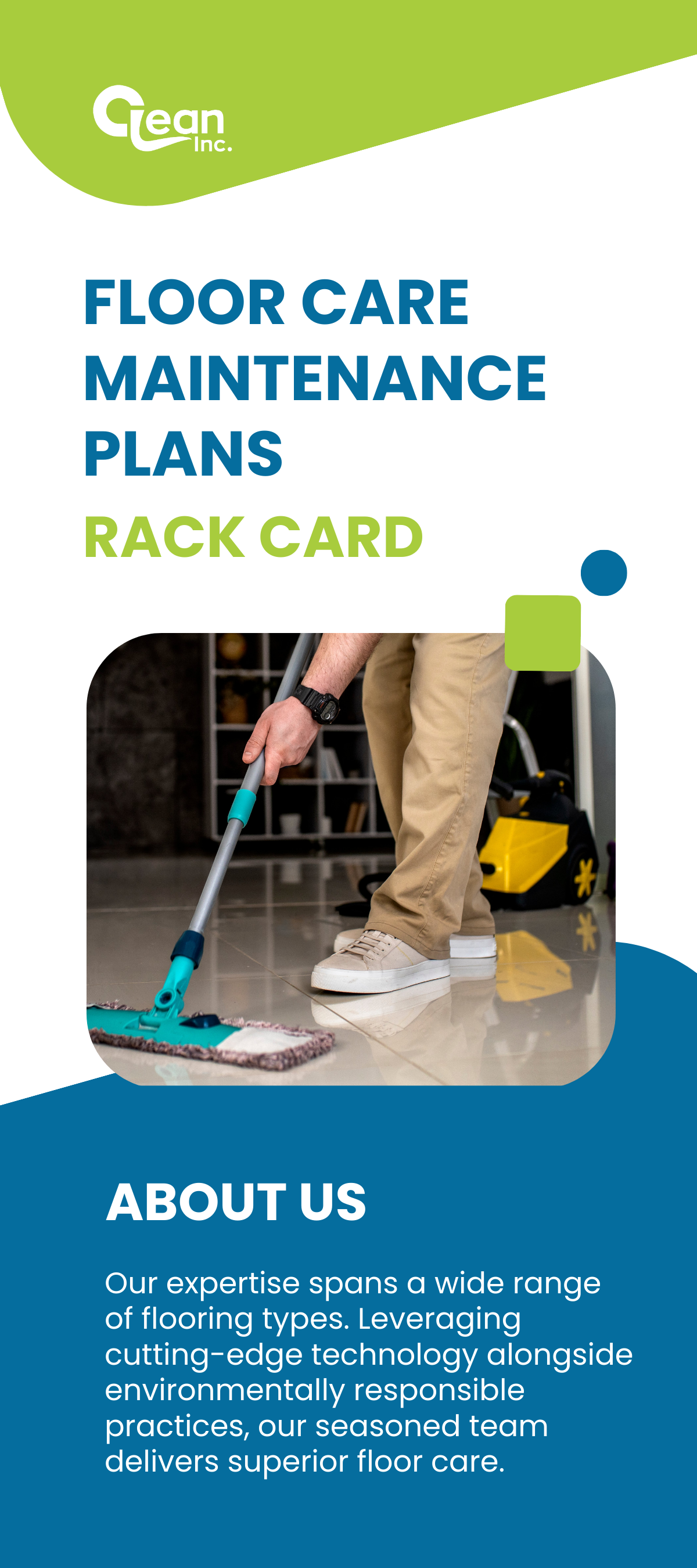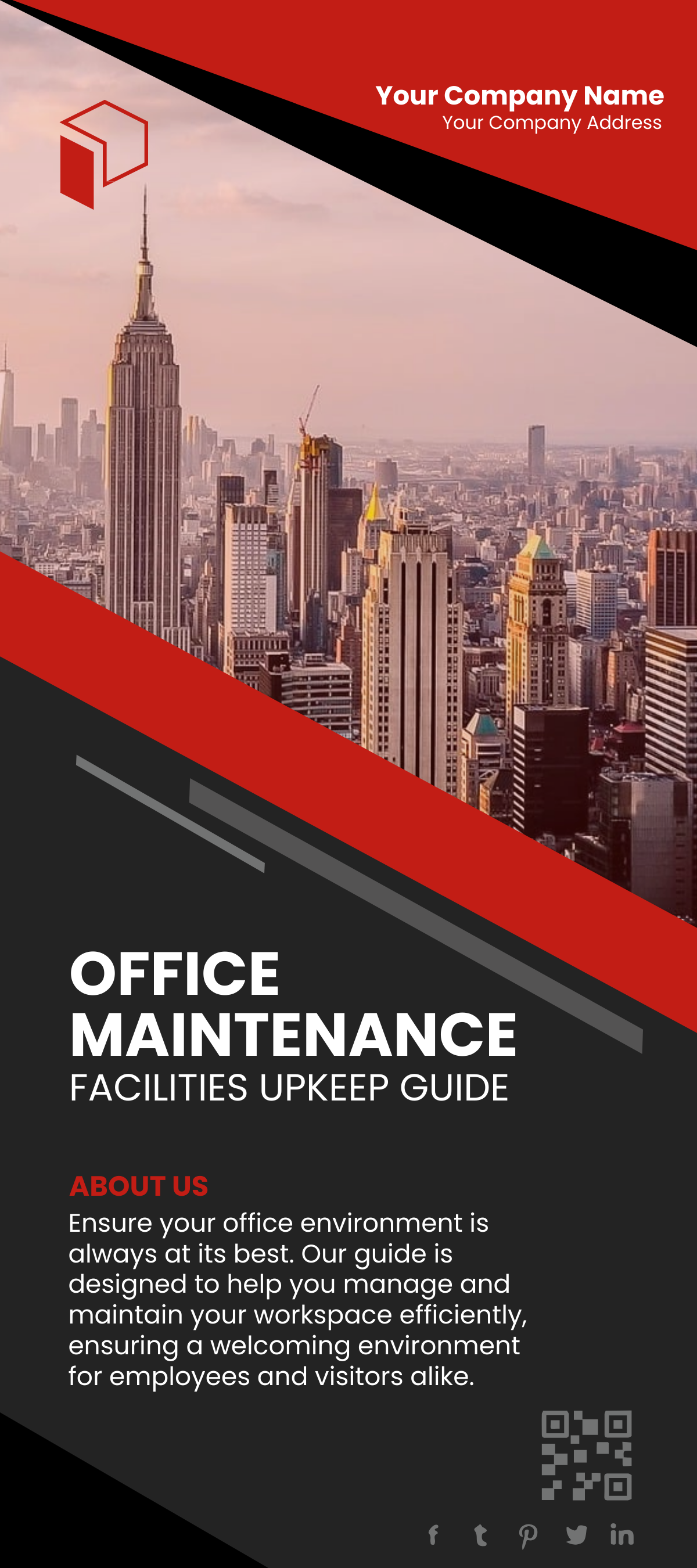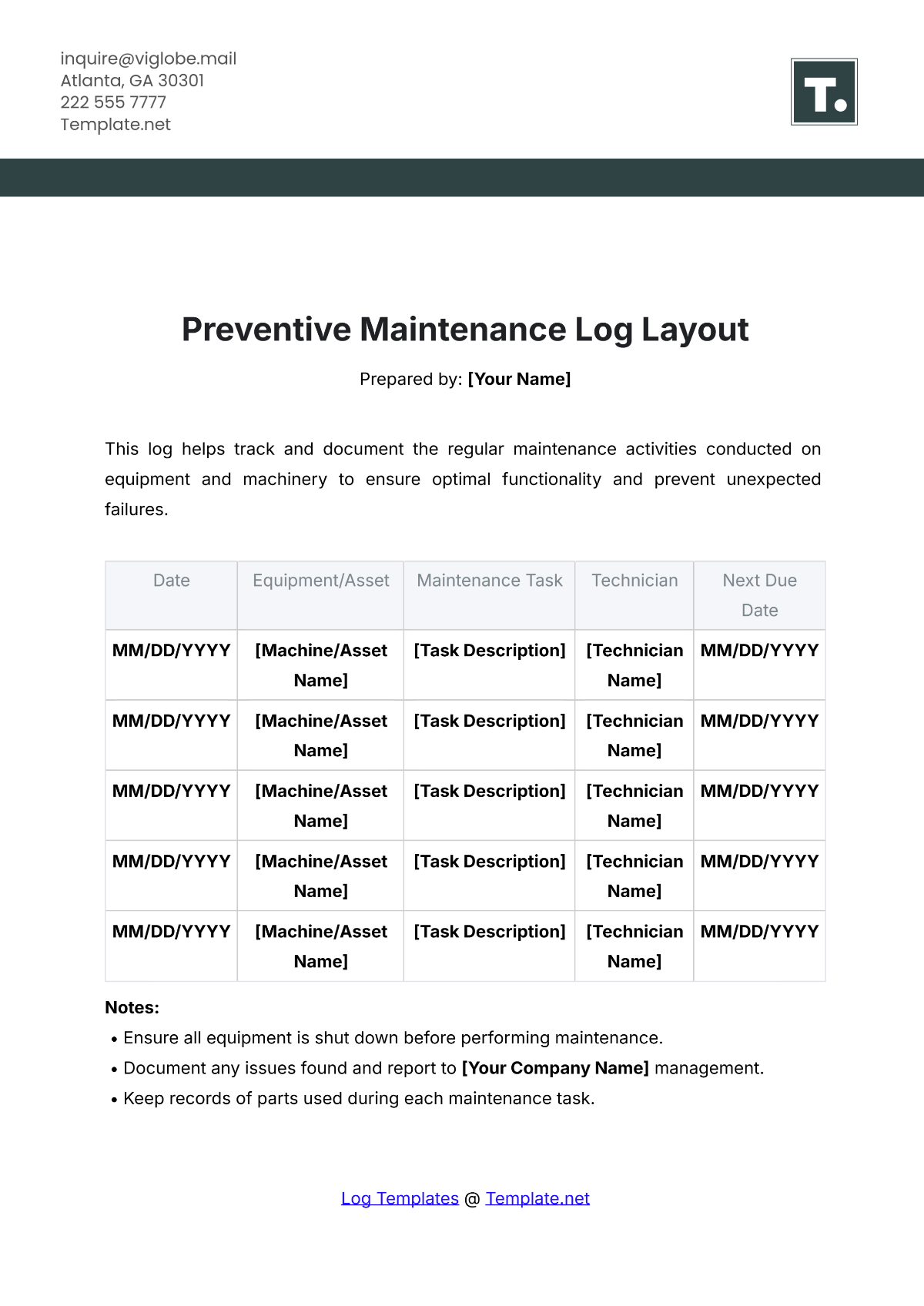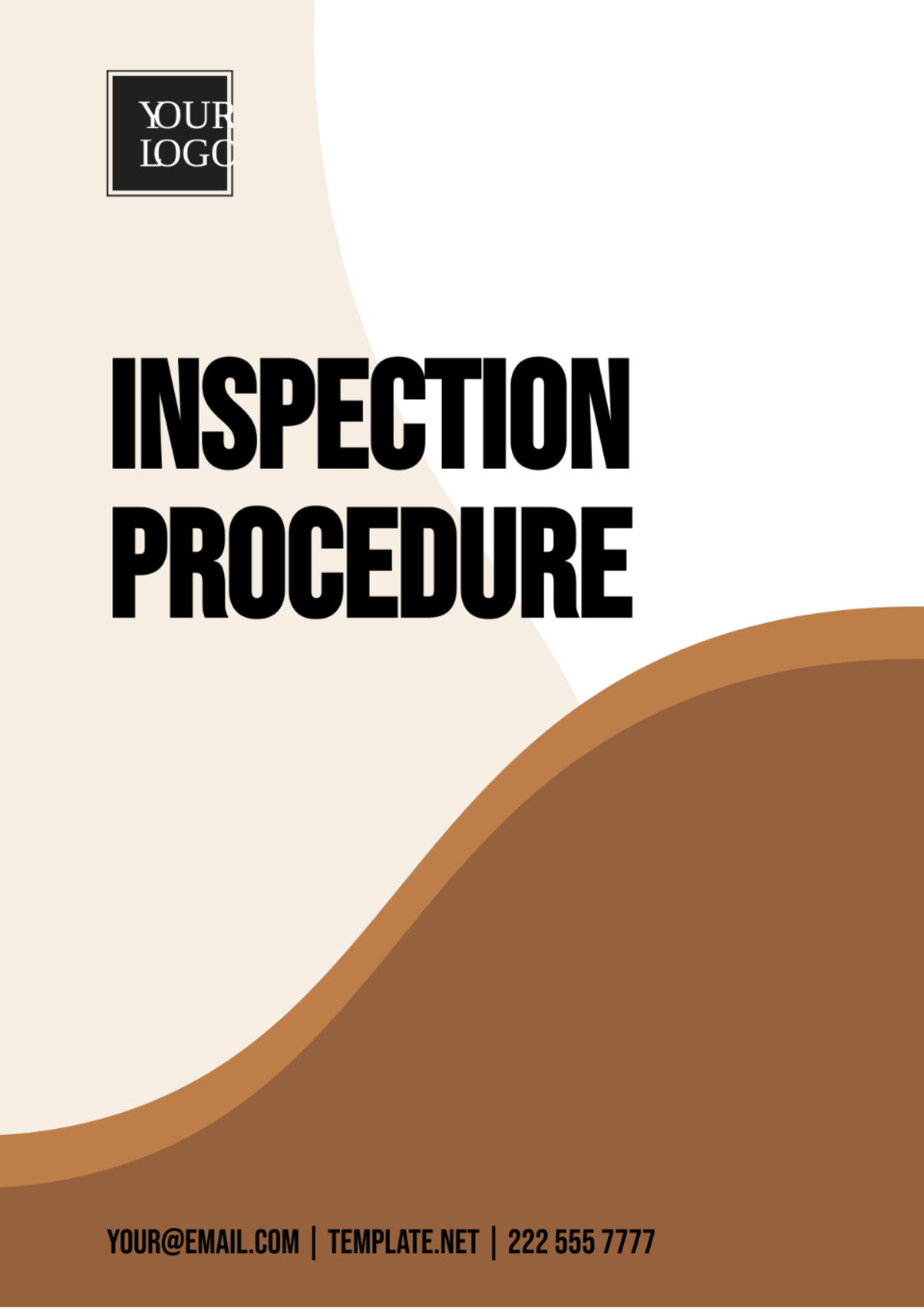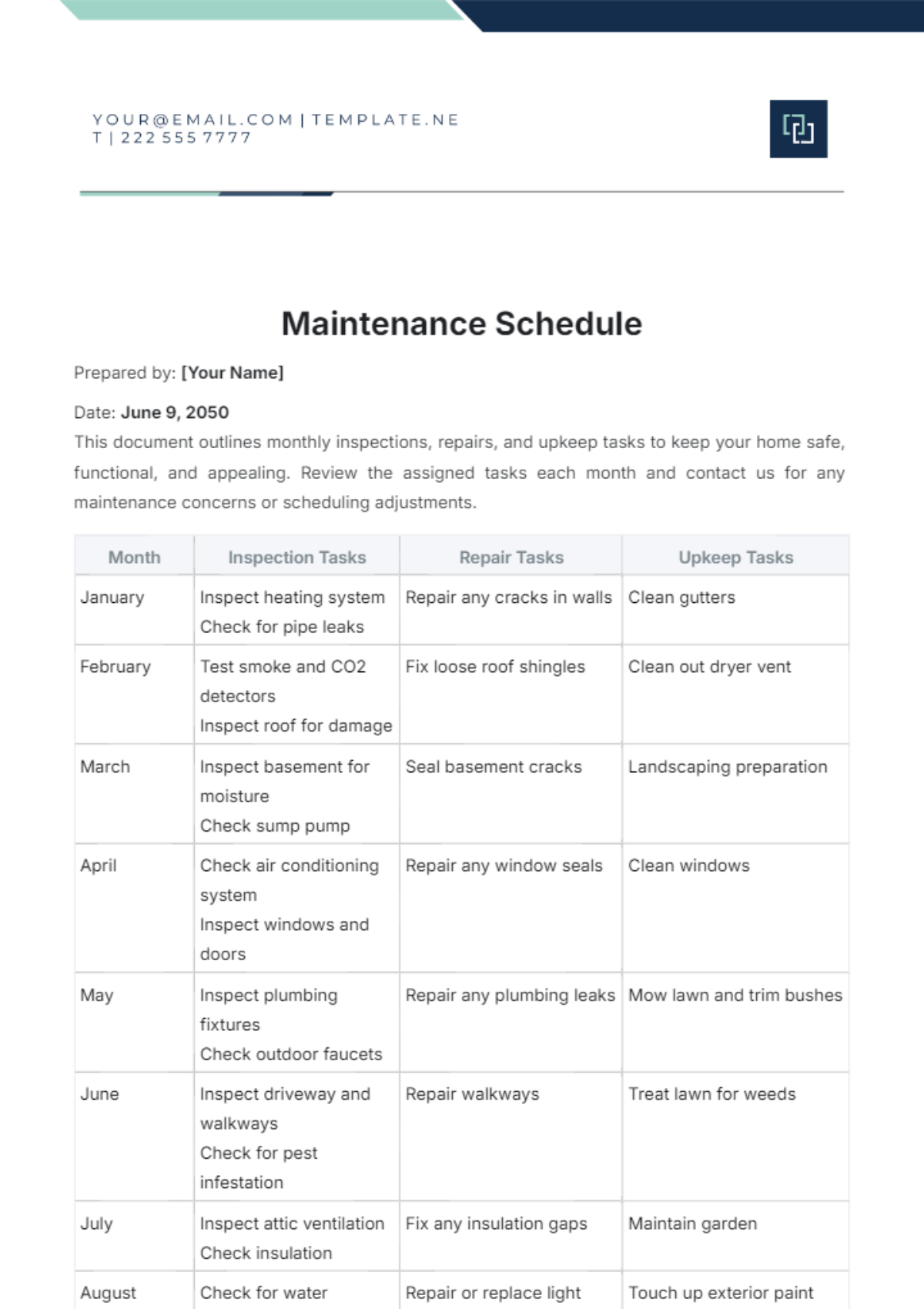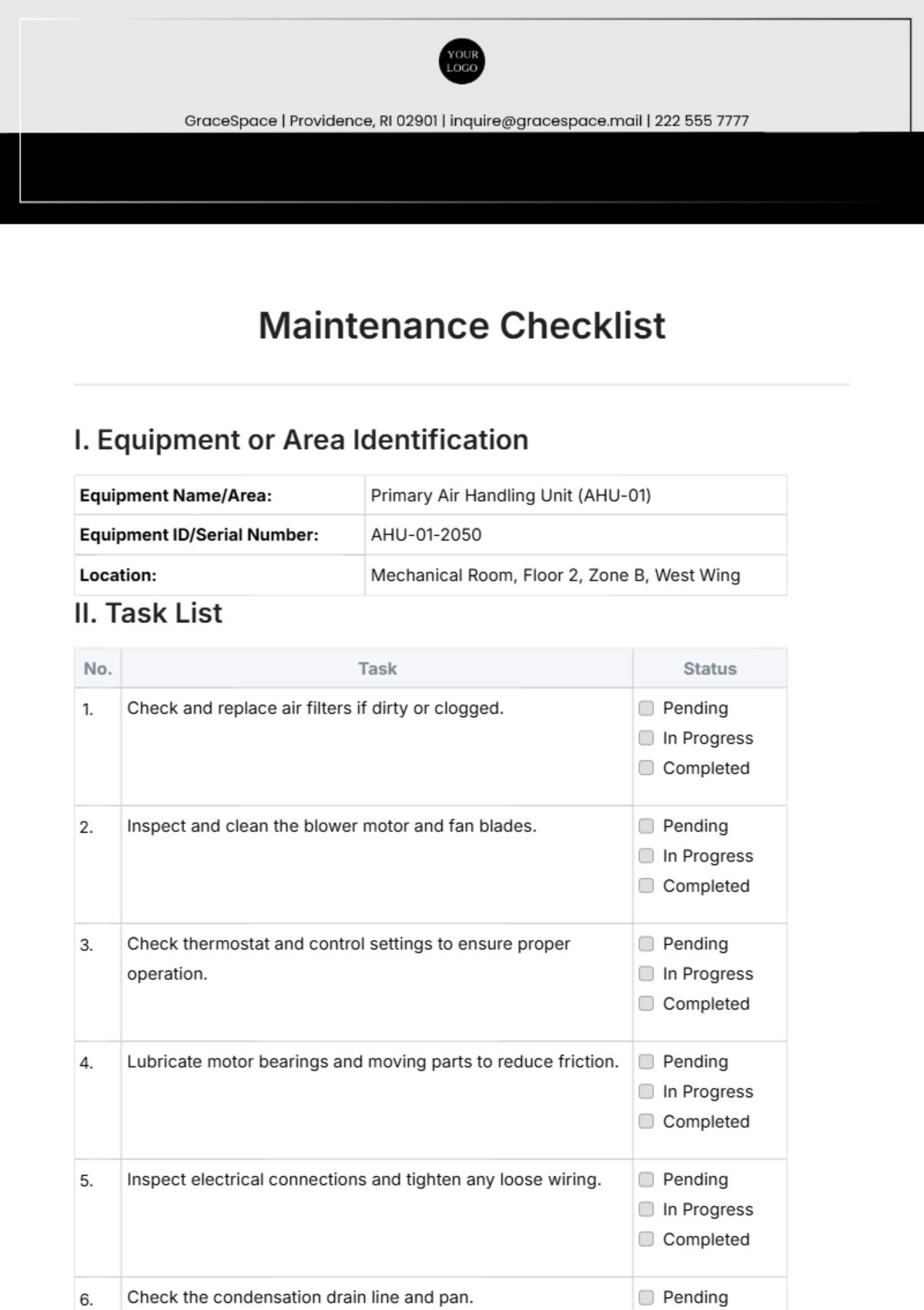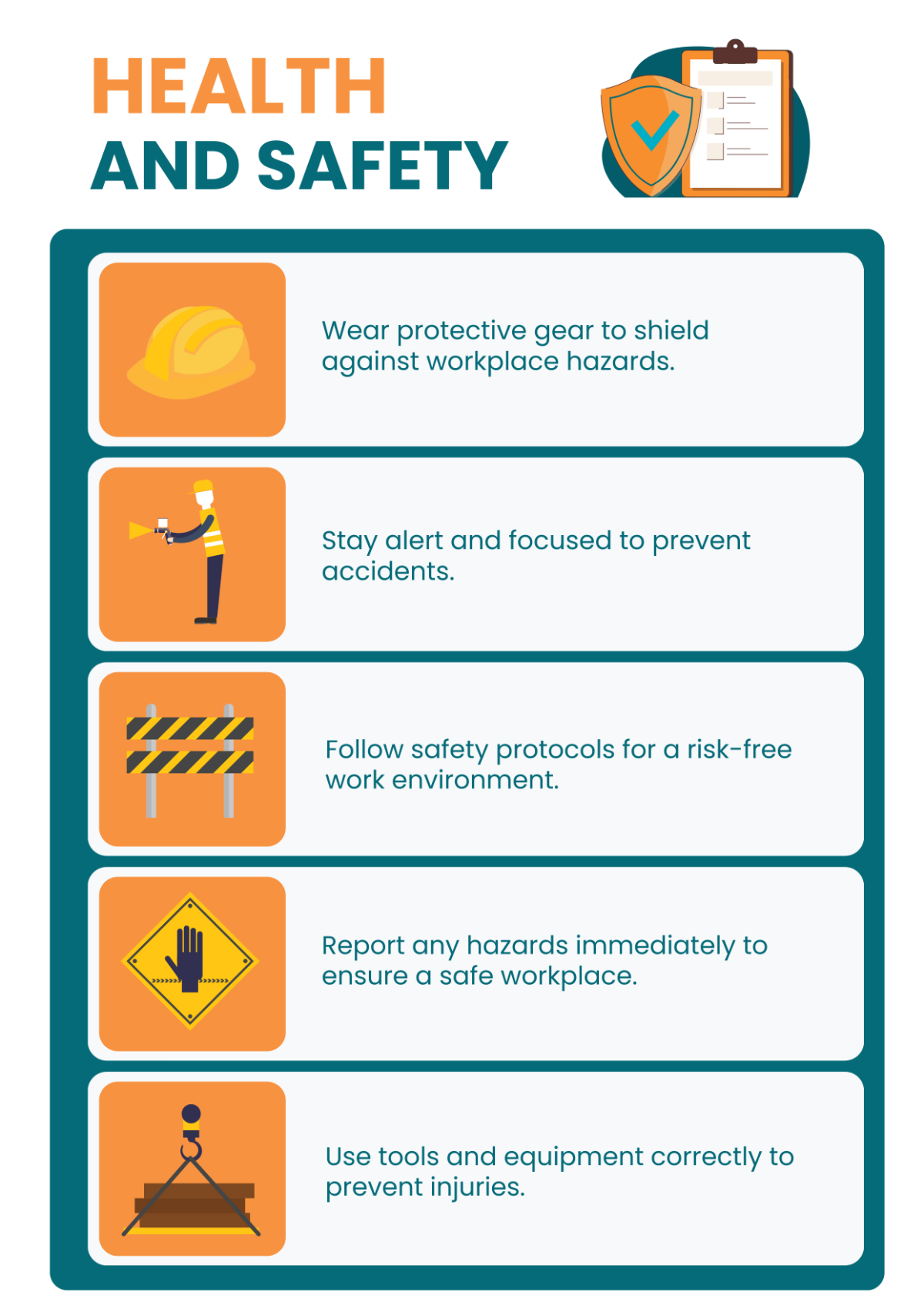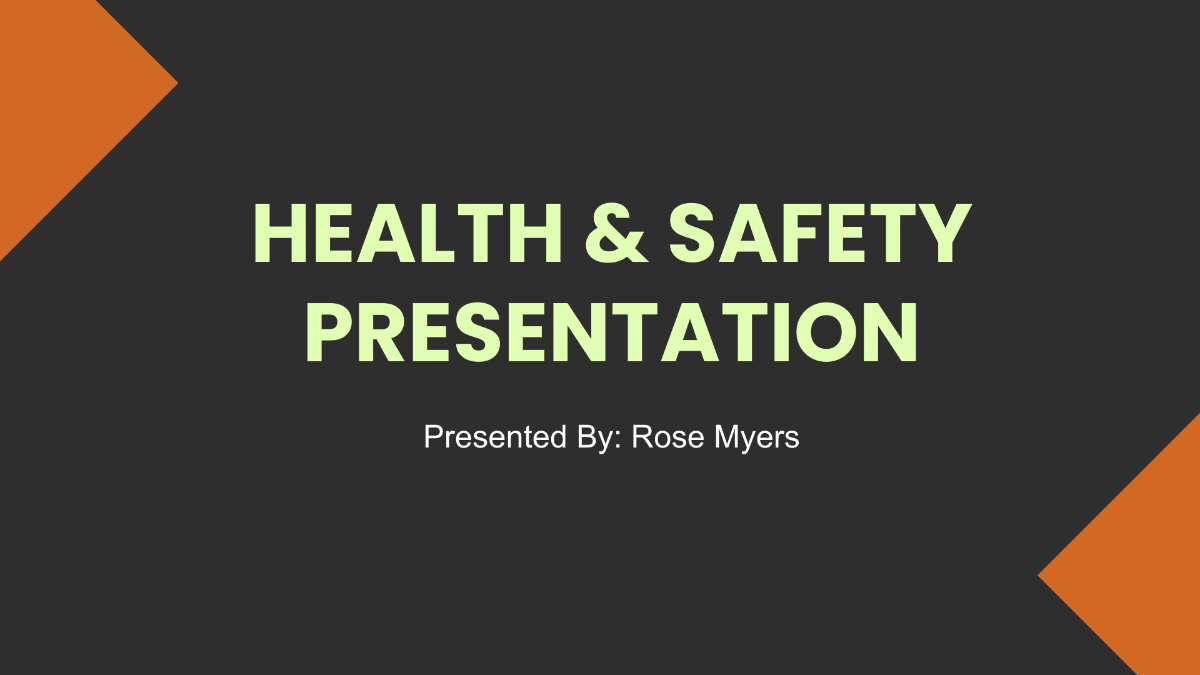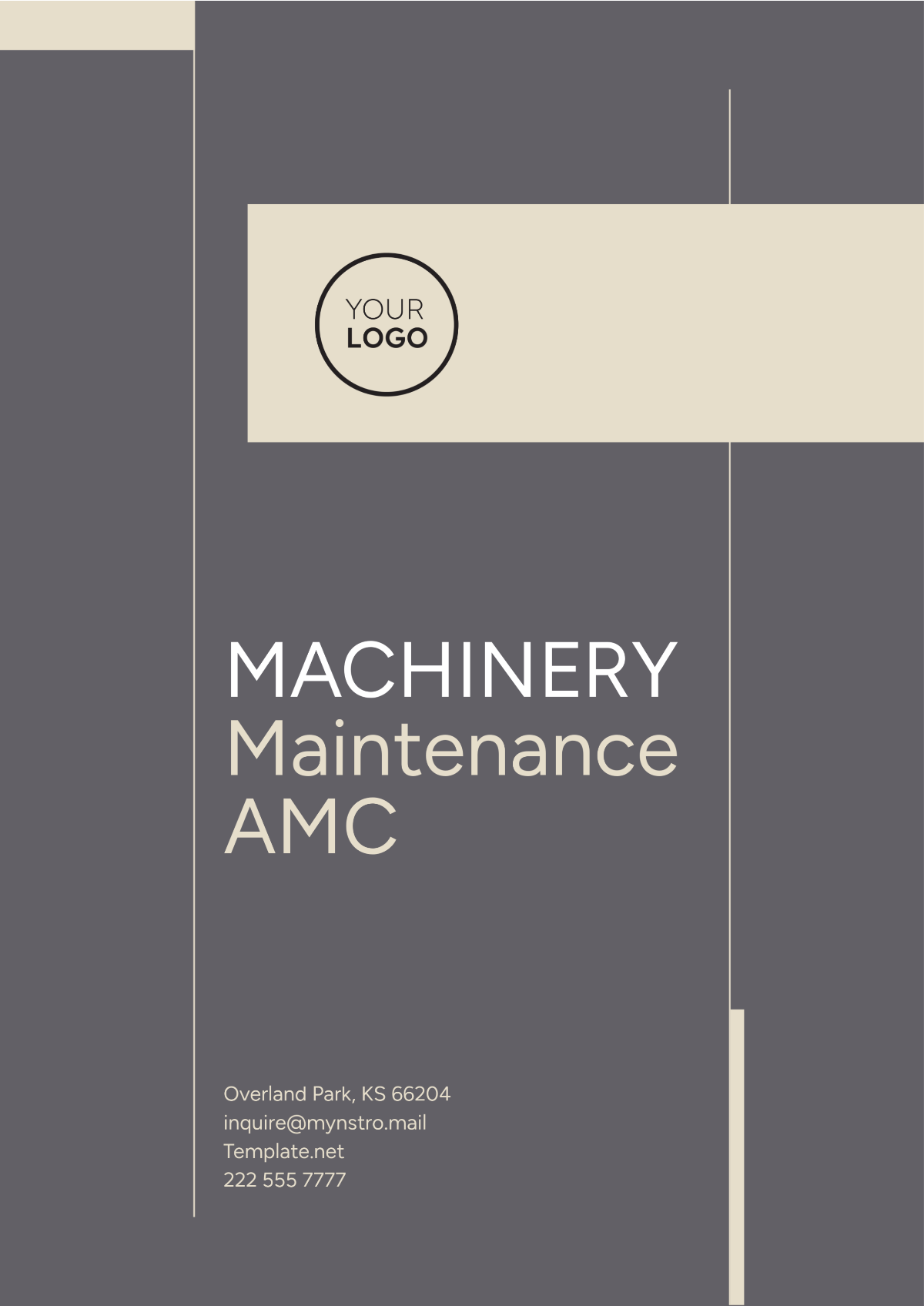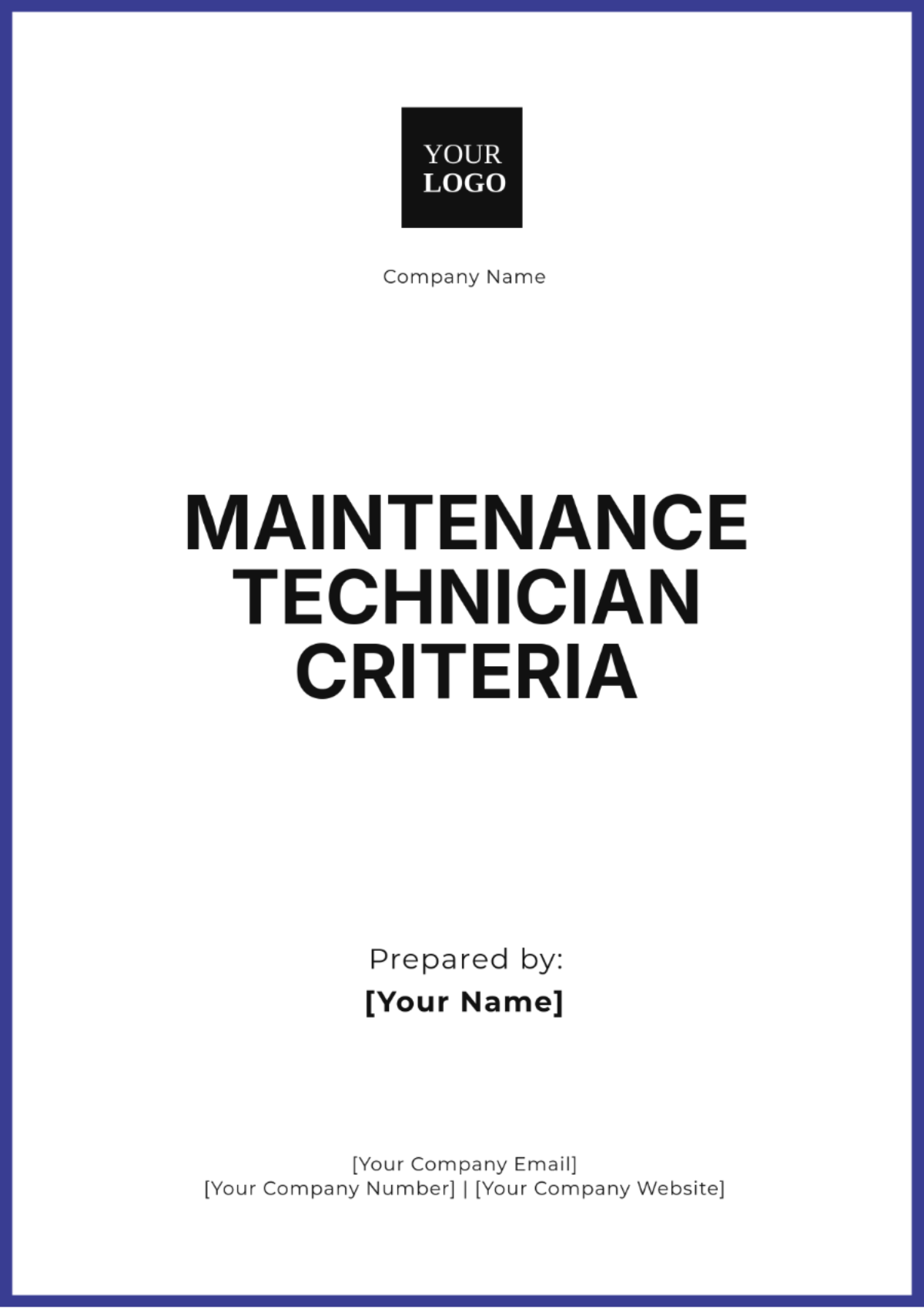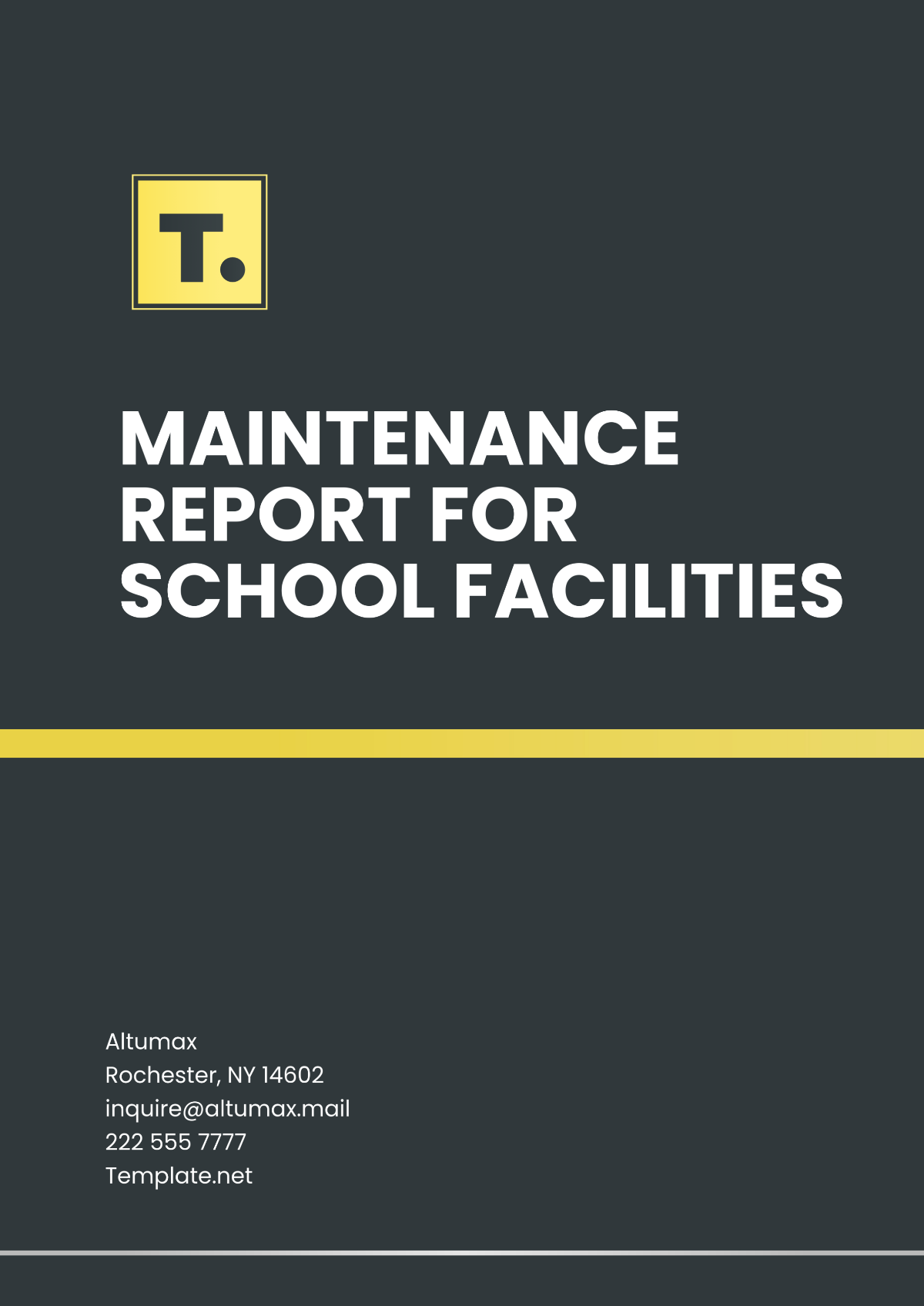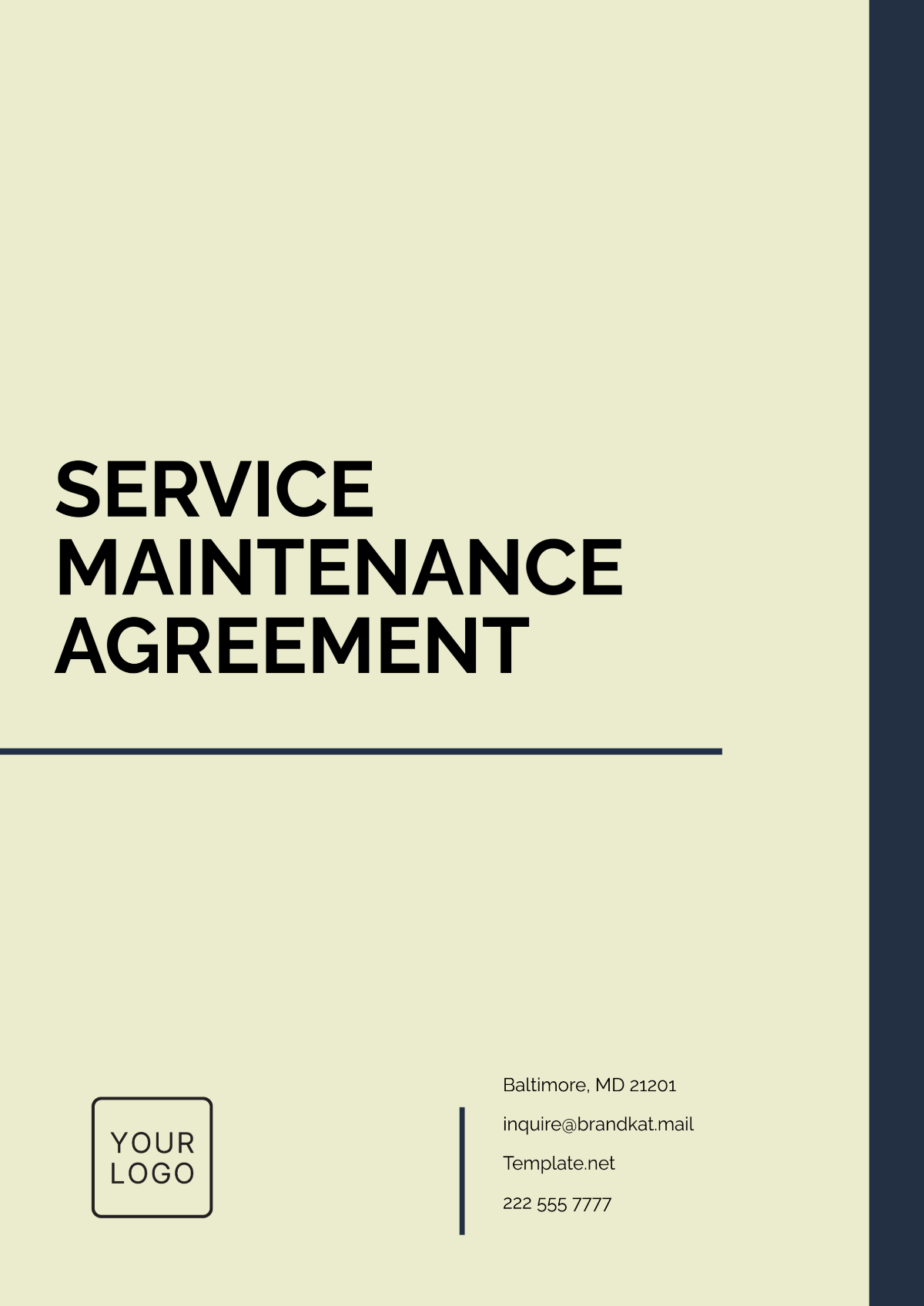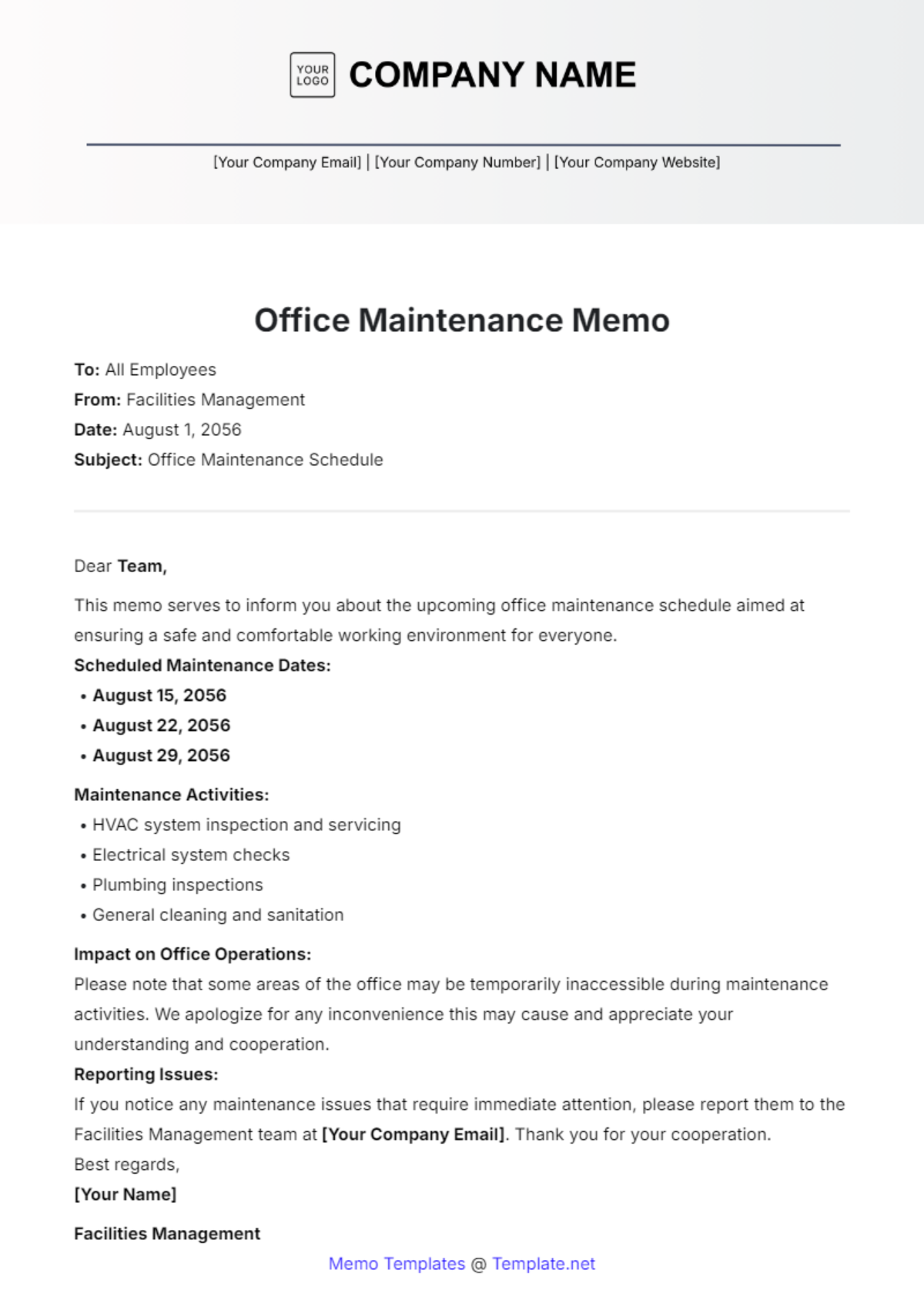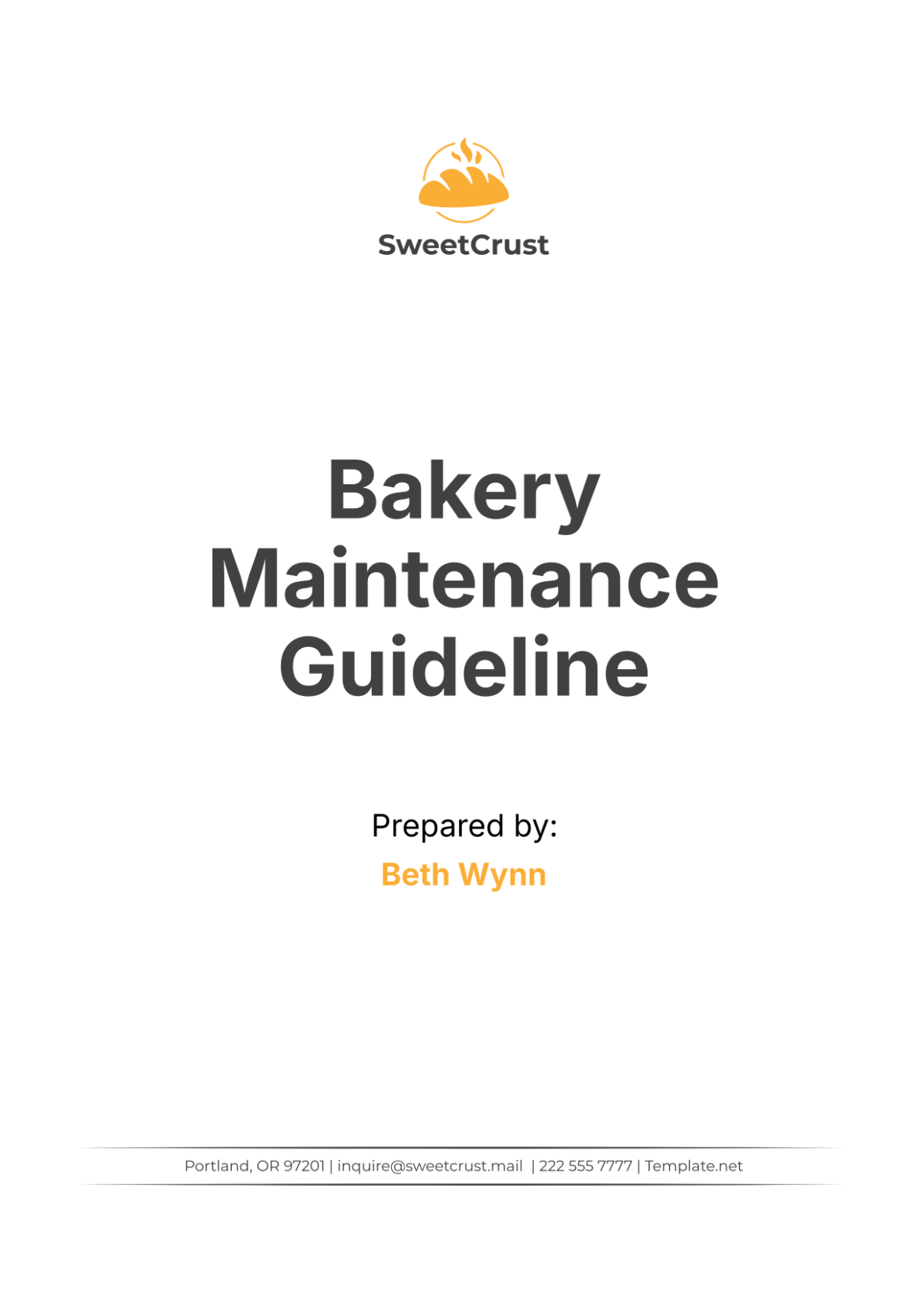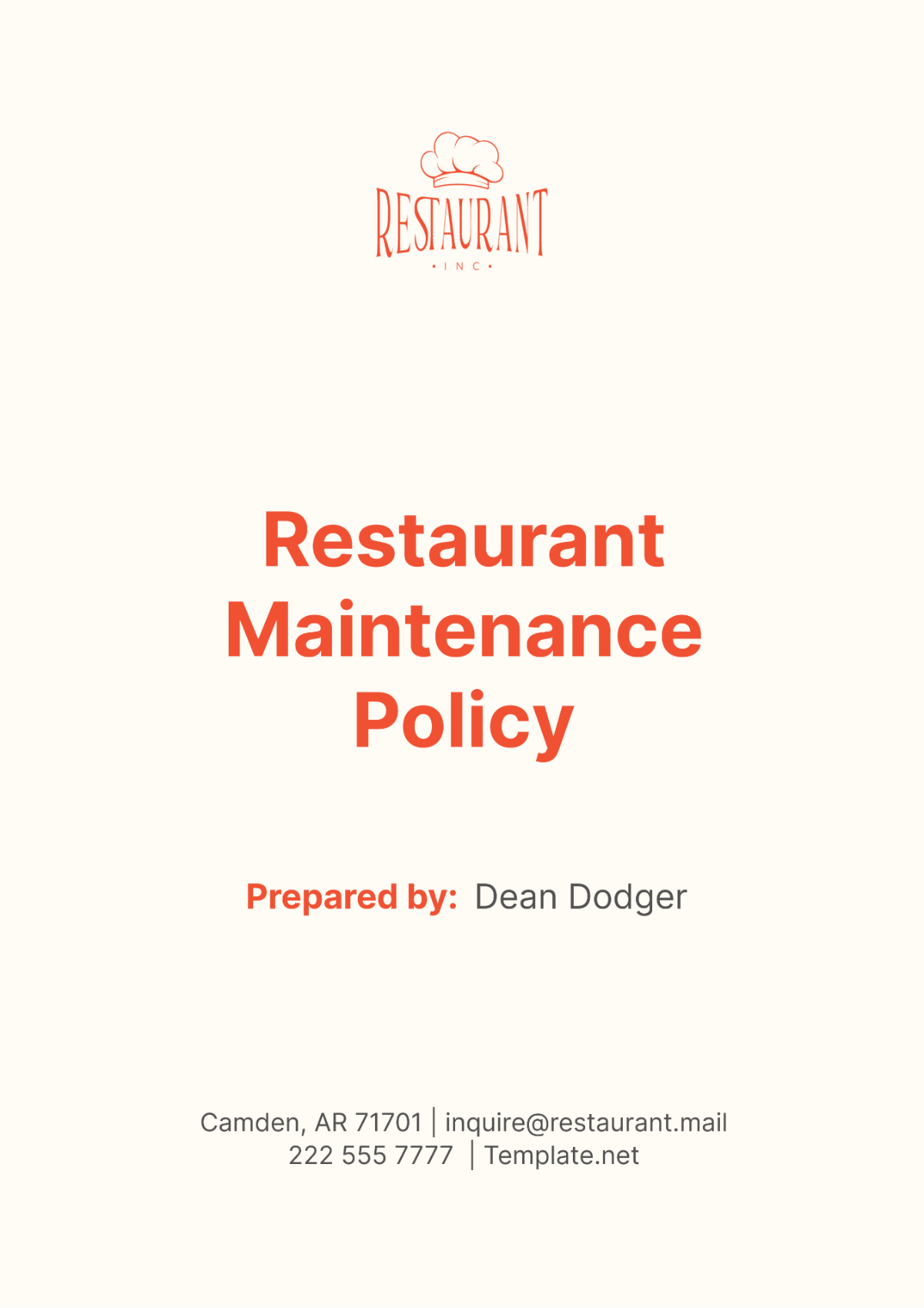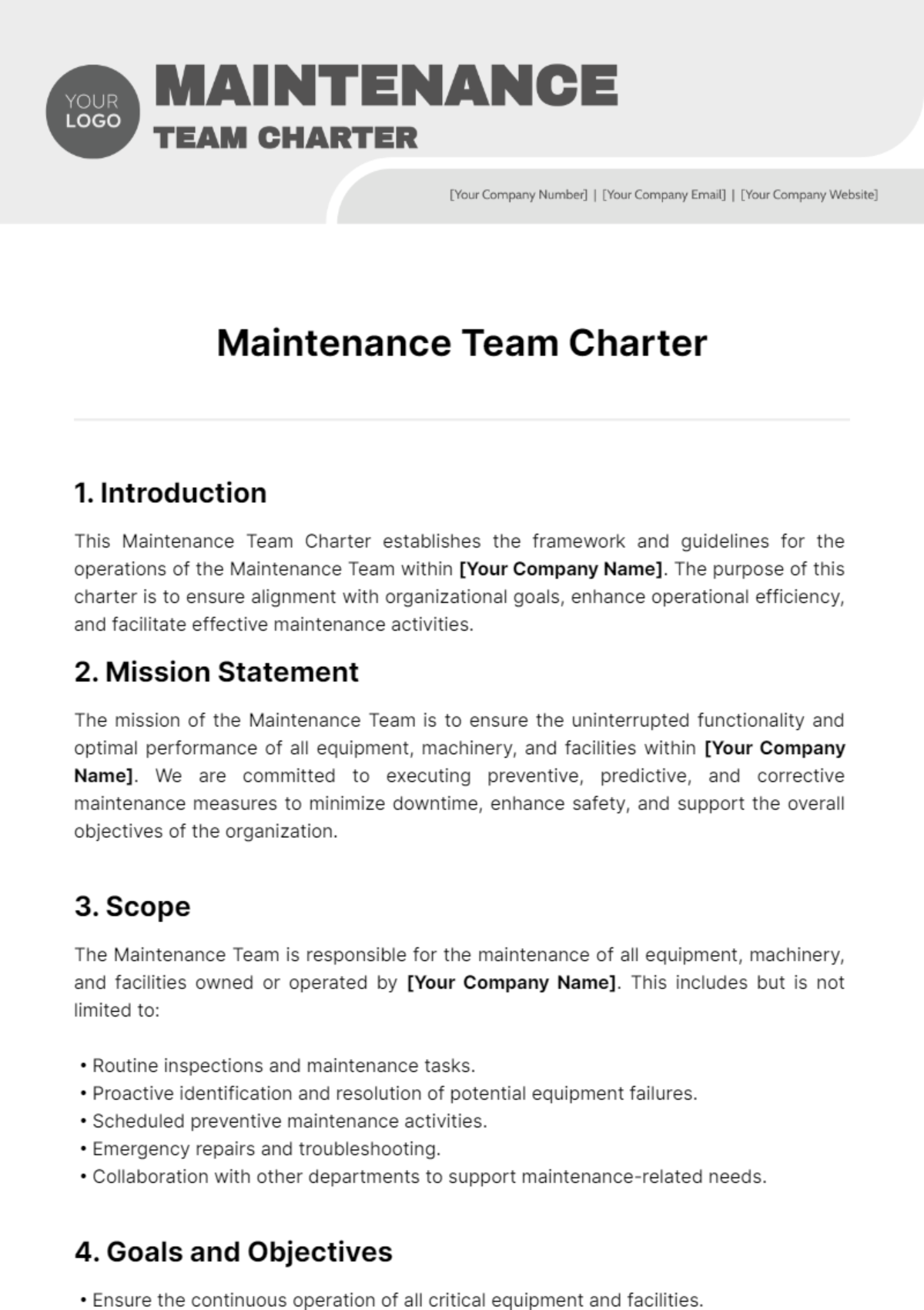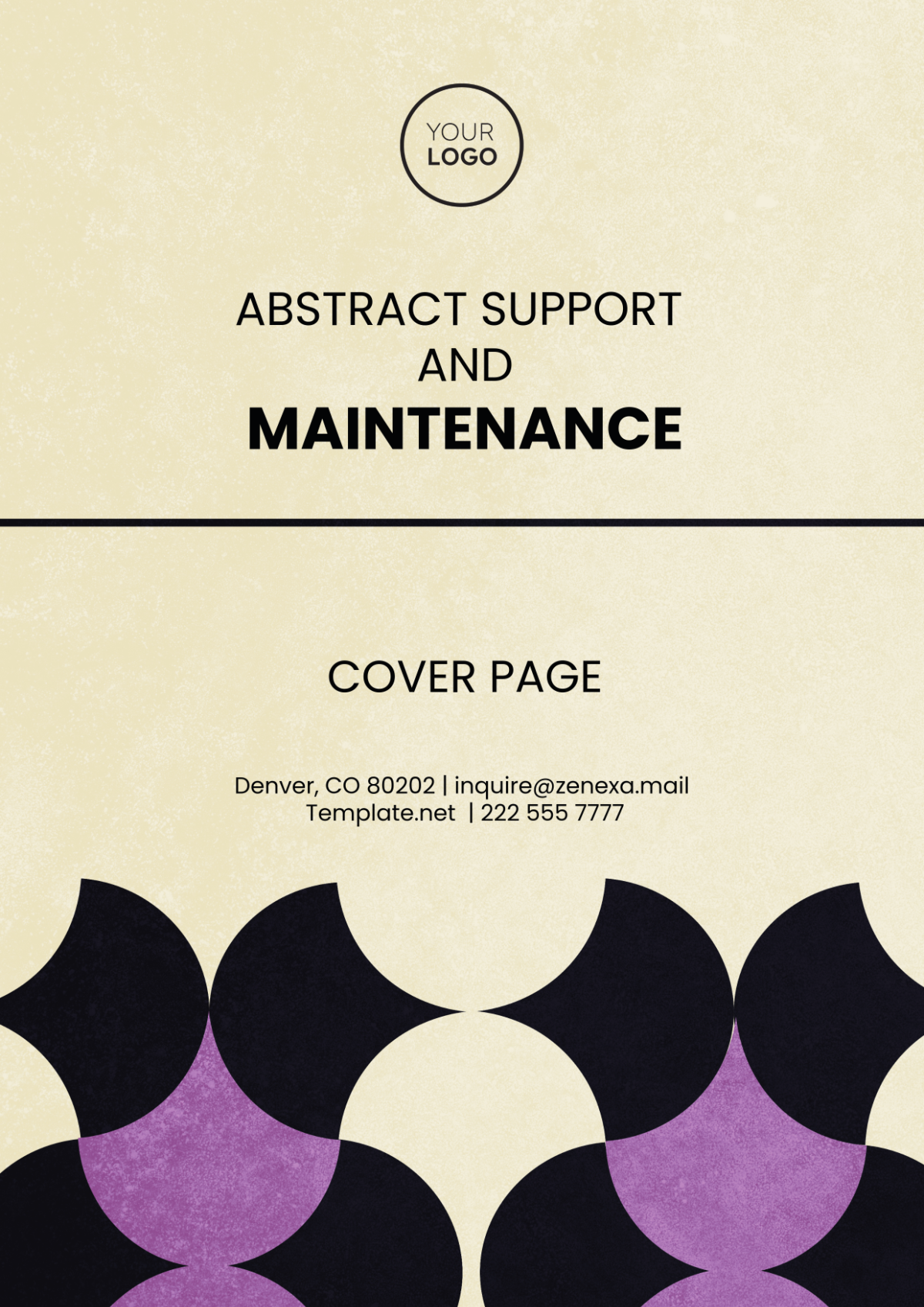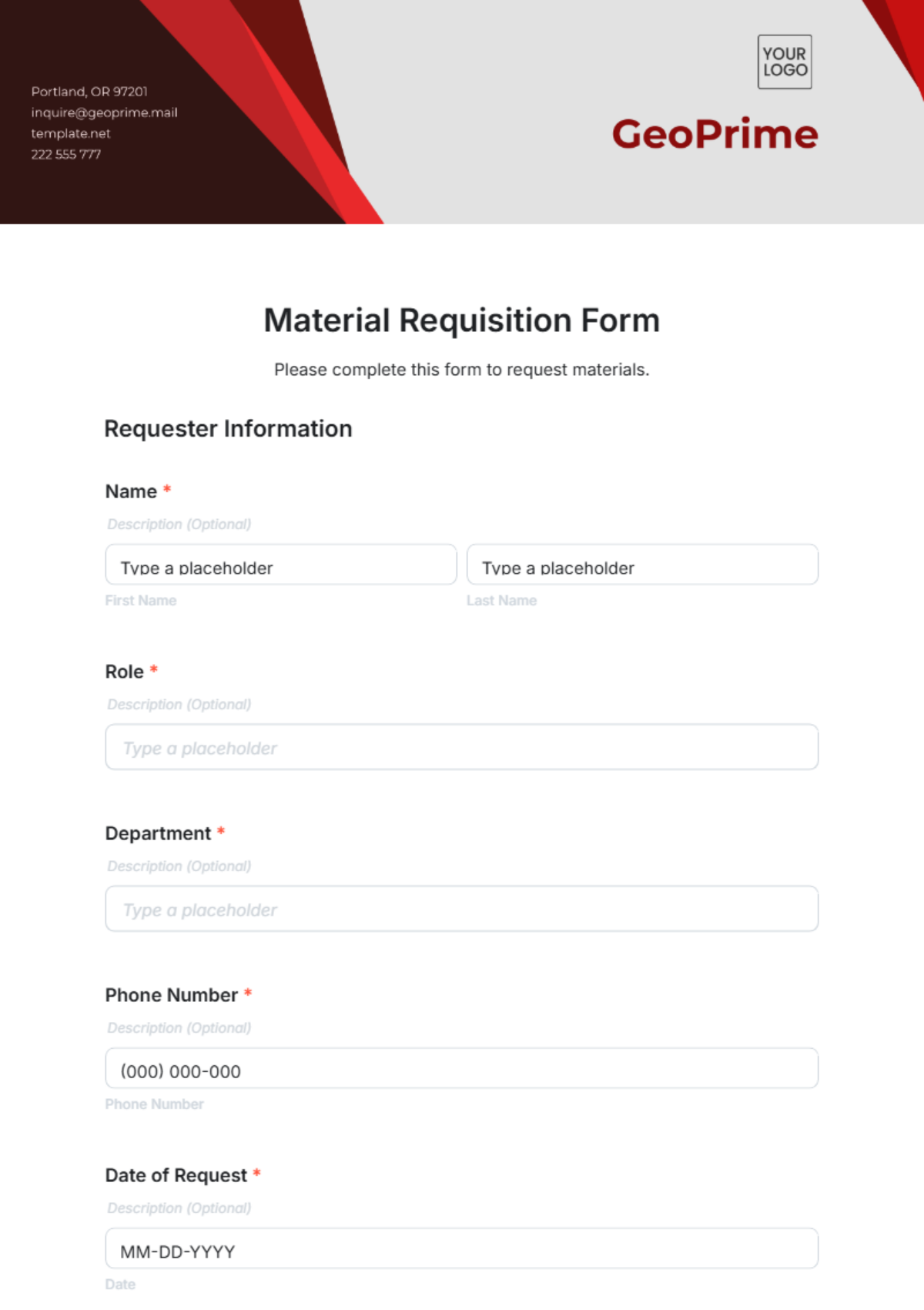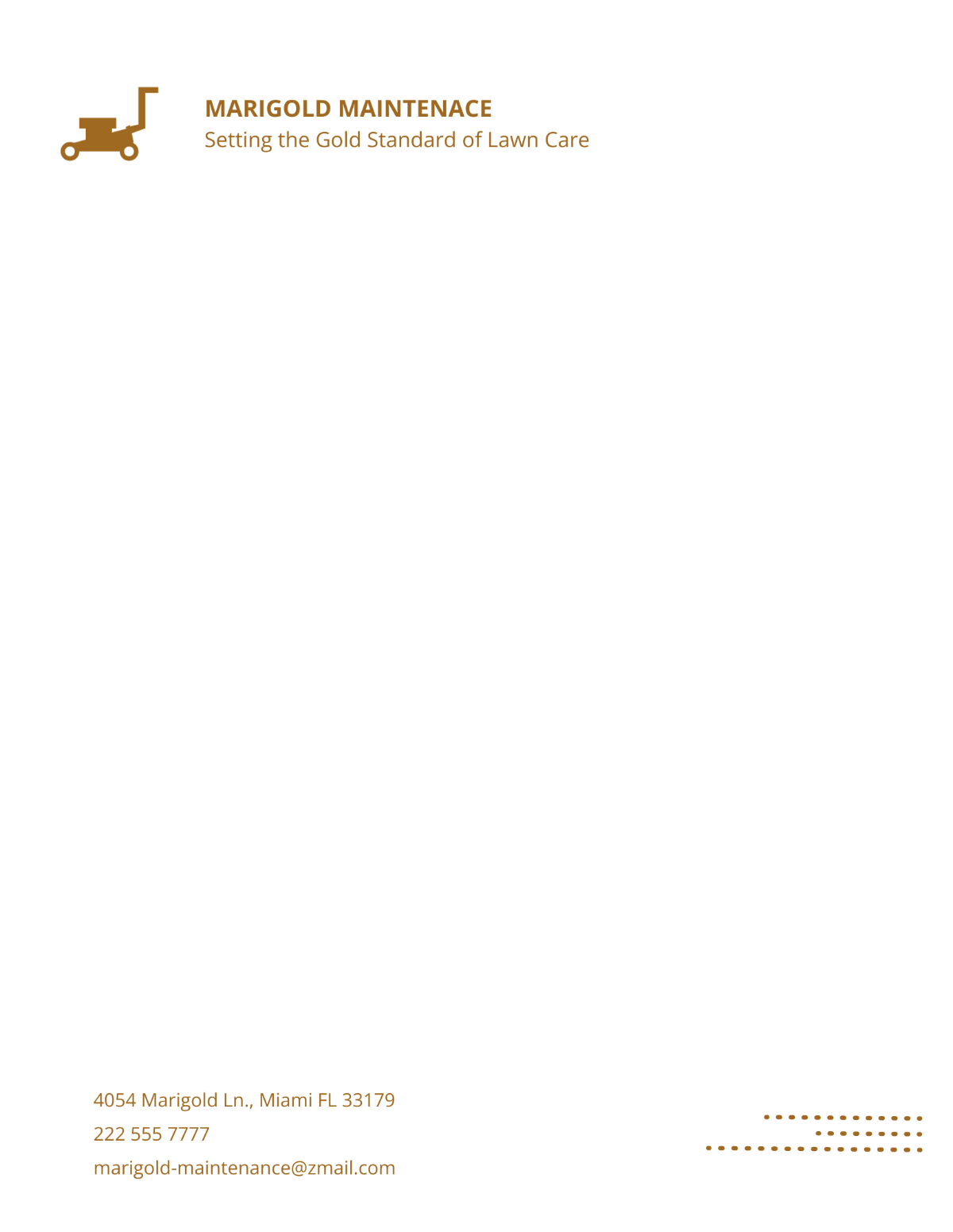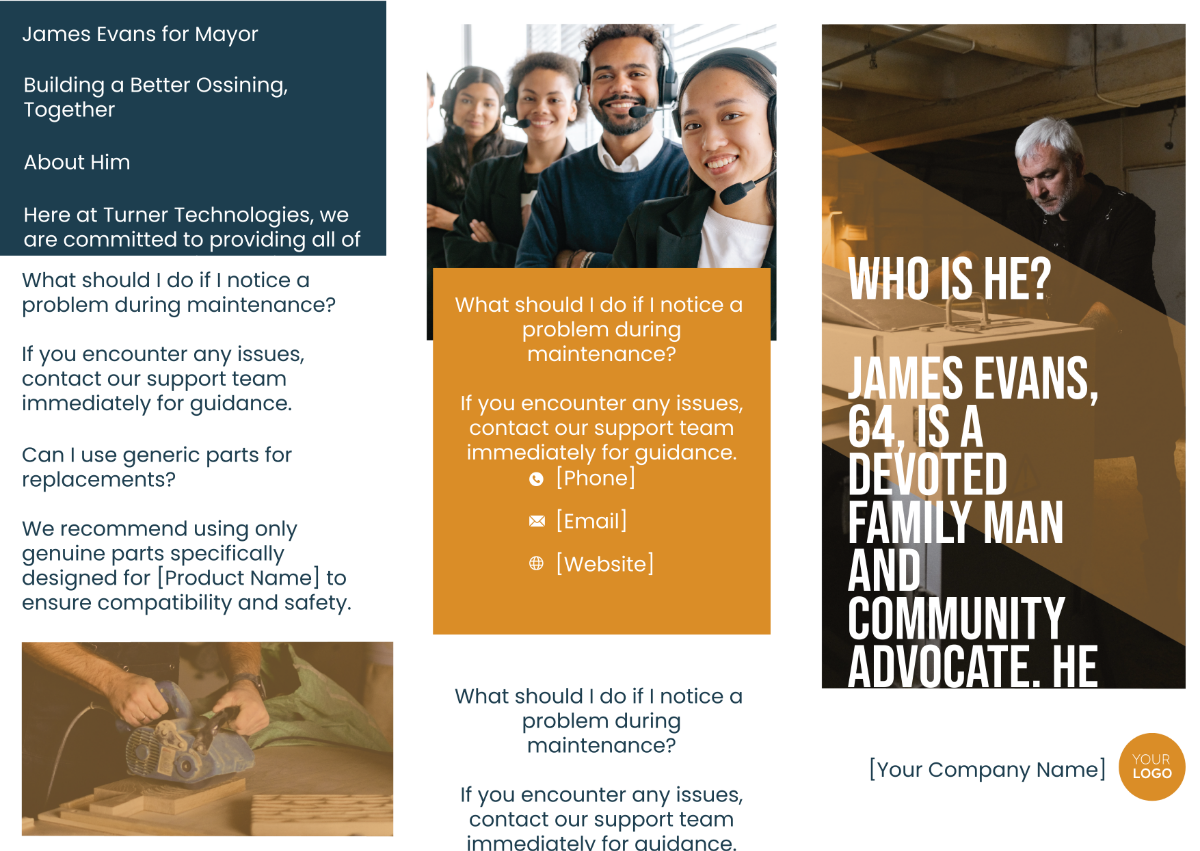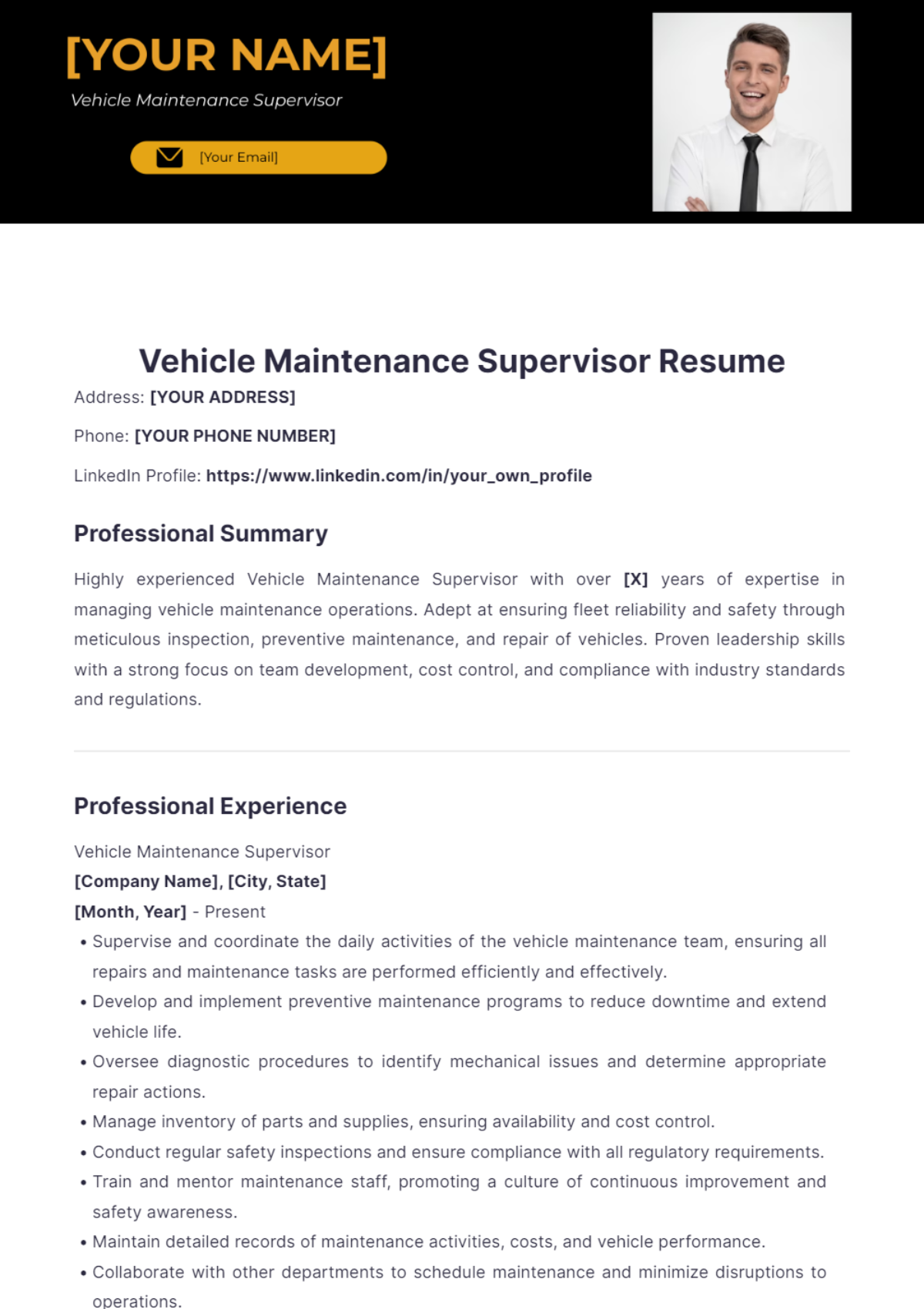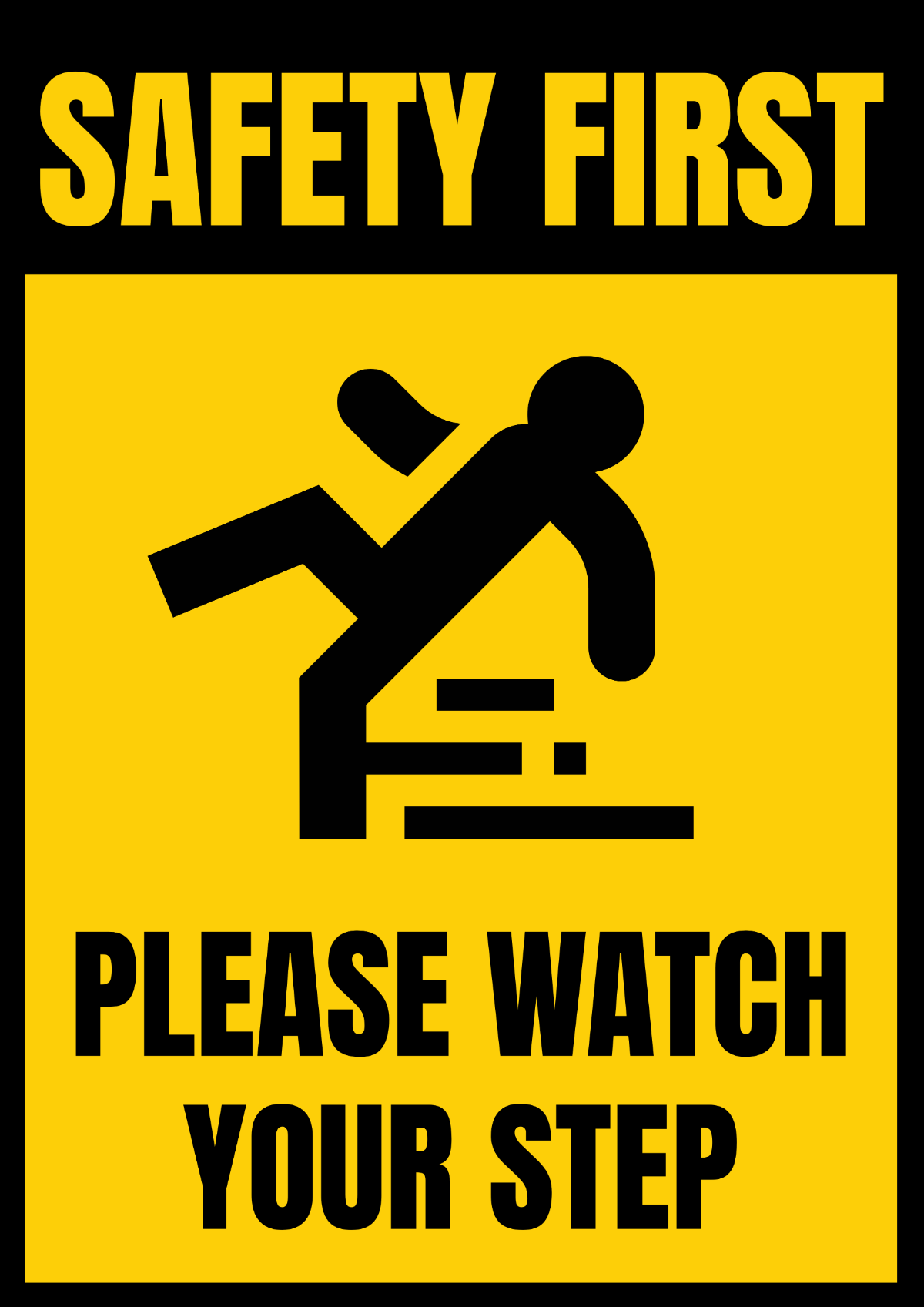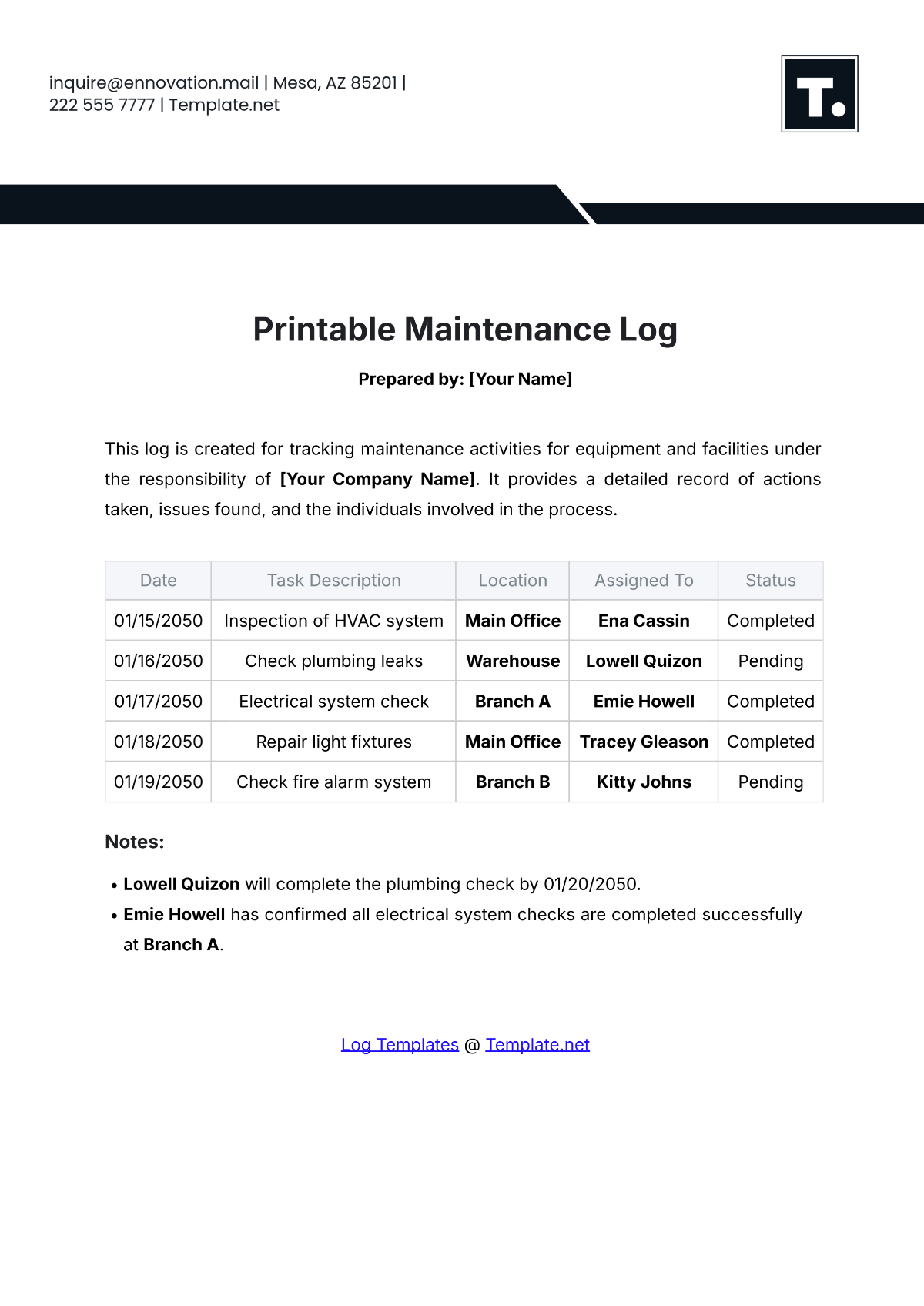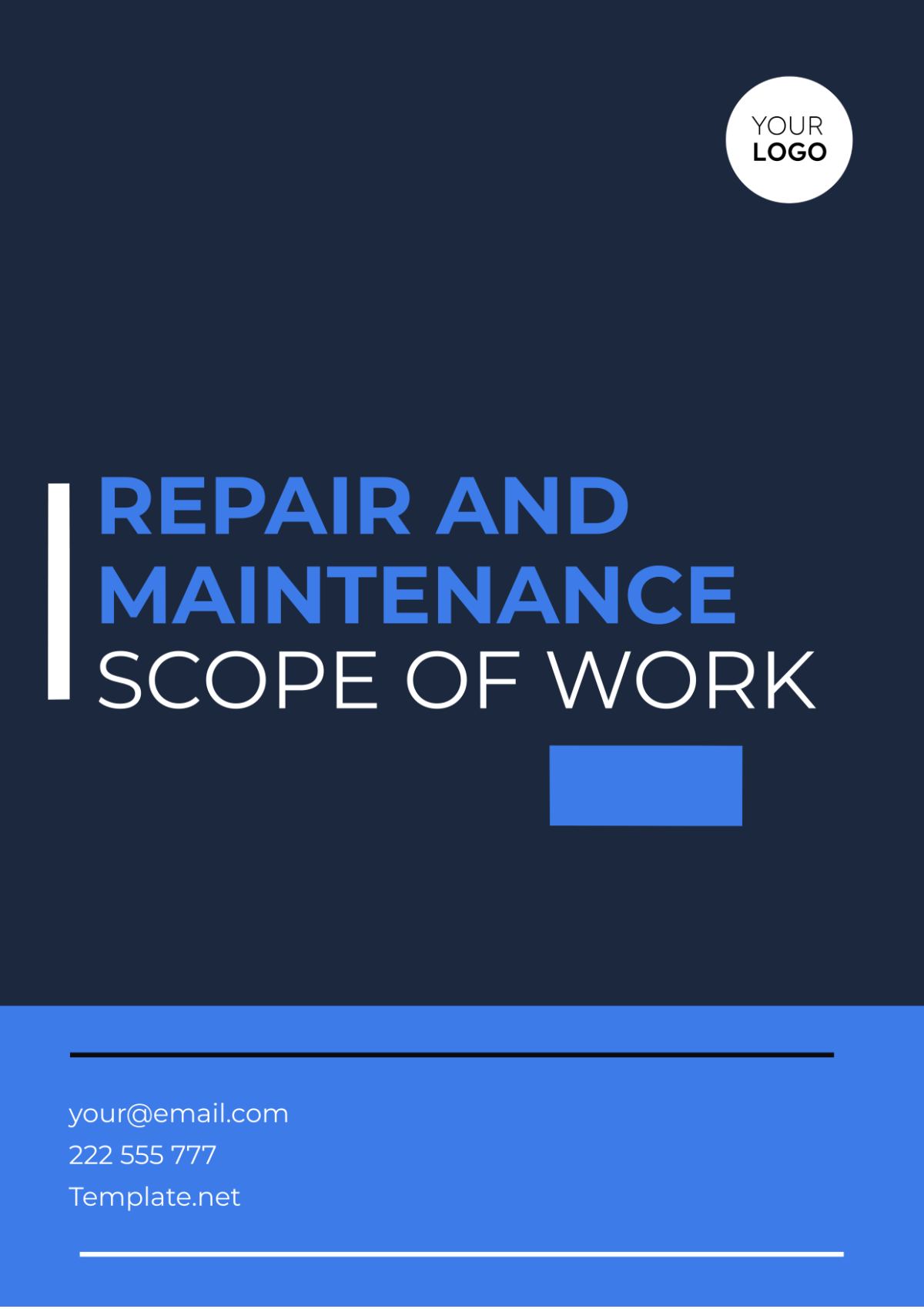Inspection Procedure
Company: [YOUR COMPANY NAME]
Email: [YOUR COMPANY EMAIL]
Address: [YOUR COMPANY ADDRESS]
Phone Number: [YOUR COMPANY NUMBER]
I. Introduction
A. Purpose
Briefly introduce the purpose of the inspection procedure and its significance in ensuring quality and compliance with standards, highlighting [PURPOSE DETAILS].
B. Objectives
Outline the objectives of the inspection procedure, including identifying defects, ensuring compliance, and maintaining quality standards, specifying [OBJECTIVES].
II. Scope
A. Definition
Define the scope of the inspection procedure, outlining the areas, products, or processes it covers, such as [SCOPE DETAILS].
B. Inclusions and Exclusions
Specify what is included and excluded from the scope of the inspection procedure to avoid misunderstandings, detailing [INCLUSIONS] and [EXCLUSIONS].
III. Procedure
A. Pre-Inspection Preparation
Outline the steps required to prepare for the inspection, including gathering necessary tools and documentation, ensuring access to inspection areas, and briefing the inspection team, specifying [PREPARATION STEPS].
B. On-Site Inspection
Detail the steps involved in conducting the inspection on-site, including visual examinations, measurements, and documentation of findings, providing [ONSITE INSPECTION STEPS].
C. Defect Identification
Describe the process of identifying defects during the inspection, including categorization, severity assessment, and documentation, detailing [DEFECT IDENTIFICATION PROCESS].
D. Reporting
Outline the procedure for documenting and reporting inspection findings, including formats, distribution, and timelines, specifying [REPORTING PROCEDURE].
IV. Inspection Planning
Description: The inspection planning phase involves defining the scope, objectives, and criteria for the inspection.
Steps:
[INSPECTION TEAM LEADER]: Define the scope of the inspection based on product specifications, process requirements, or regulatory standards.
[INSPECTION TEAM]: Establish inspection objectives, criteria, and sampling plans to guide the inspection process.
[INSPECTION TEAM]: Identify inspection tools, equipment, and resources required for conducting inspections effectively.
Inspection Execution
Description: The inspection execution phase involves conducting on-site inspections, gathering data, and evaluating compliance with defined criteria.
Steps:
[INSPECTION TEAM]: Conduct on-site inspections according to the defined scope and criteria.
[INSPECTION TEAM]: Use inspection tools and equipment to measure, observe, or test product attributes or process parameters.
[INSPECTION TEAM]: Document inspection results, including observations, measurements, and any non-conformities identified during the inspection.
V. Definitions
Inspection: A formal review or examination conducted to assess compliance with specified requirements.
Compliance: Adherence to laws, regulations, guidelines, and specifications relevant to the business.
Inspector: An individual authorized to perform inspections, either an employee of [YOUR COMPANY NAME] or an external official.
VI. Responsibilities
Compliance Officer: Oversee the implementation of the inspection procedures and ensure inspectors have adequate training.
Inspectors: Conduct inspections according to the established guidelines and report findings.
Management Team: Address any non-compliance issues identified during inspections and implement corrective actions.
bution, and timelines, specifying [REPORTING PROCEDURE].
VII. Follow-Up and Monitoring
Description: The follow-up and monitoring phase involves tracking the implementation of corrective actions and monitoring compliance over time.
Steps:
[RESPONSIBLE PERSON]: Implement corrective actions identified during the inspection to address non-conformities.
[QUALITY ASSURANCE/QUALITY CONTROL TEAM]: Monitor the effectiveness of corrective actions and verify closure of non-conformities.
[INSPECTION TEAM LEADER]: Report on the status of corrective actions and follow-up activities to management or relevant stakeholders.
VIII. Amendment Record
Date | Version | Description | Updated By |
|---|---|---|---|
[DATE] | [VERSION] | [DESCRIPTION] | [NAME] |
IX. Approval
This inspection procedure has been reviewed and approved by:
CEO: [CEO NAME] (Date: [DATE])
Compliance Officer: [YOUR NAME] Date: [DATE]
X. Conclusion
A. Review
Summarize the key points covered in the inspection procedure and emphasize the importance of thoroughness and accuracy in inspections, reviewing [KEY POINTS].
B. Continuous Improvement
Highlight the need for continuous evaluation and improvement of the inspection process to enhance effectiveness and efficiency, emphasizing [CONTINUOUS IMPROVEMENT].
